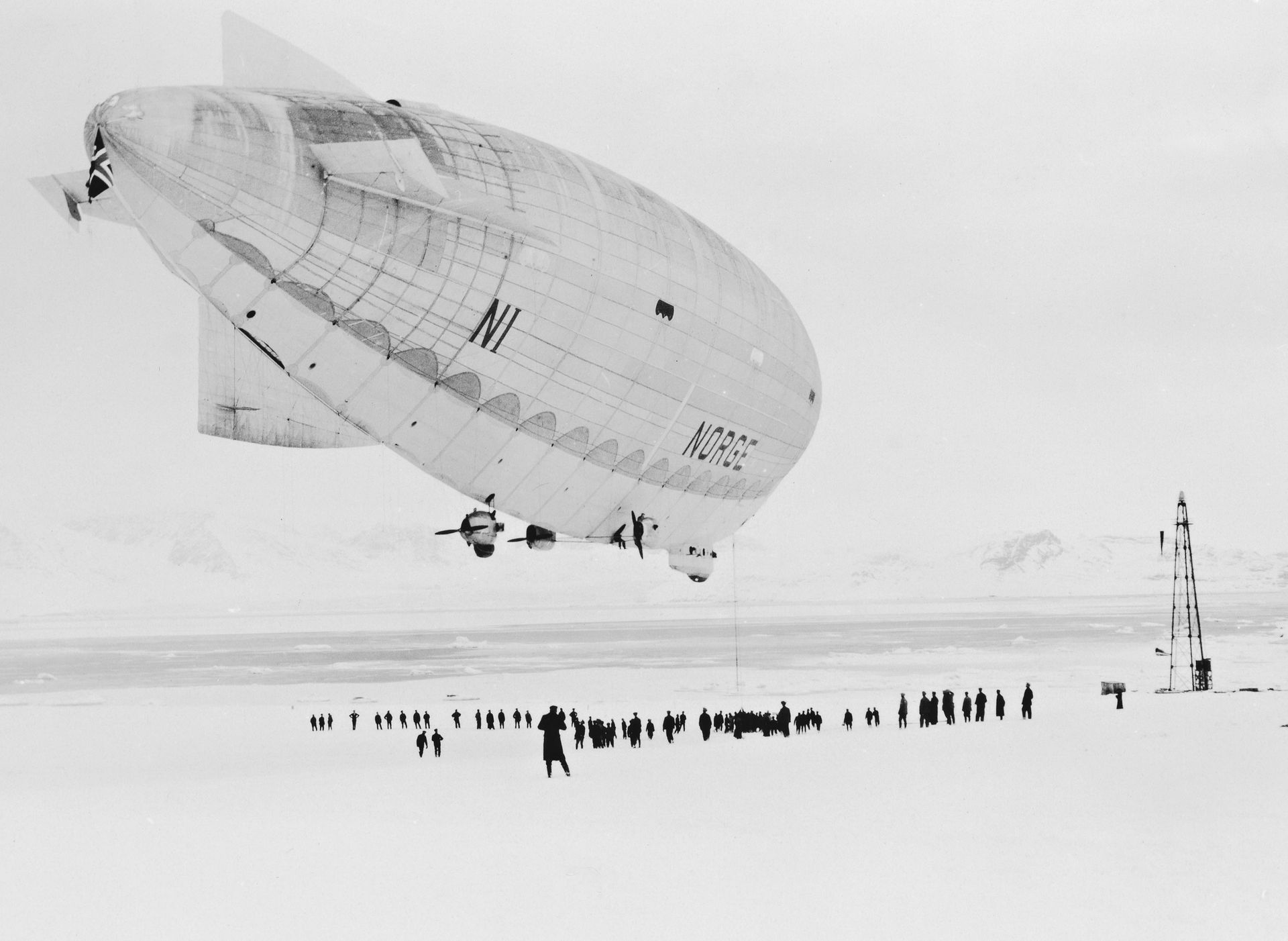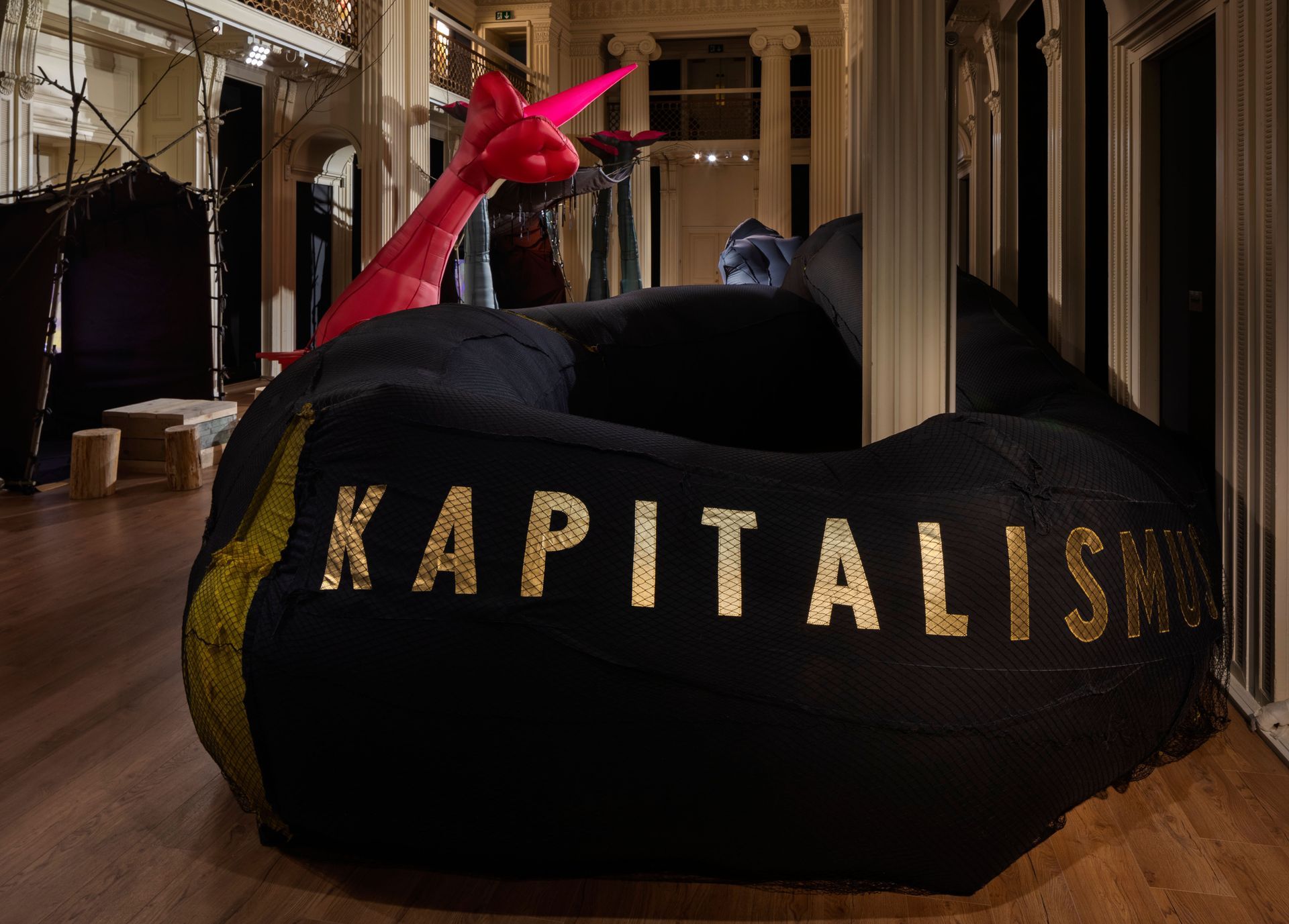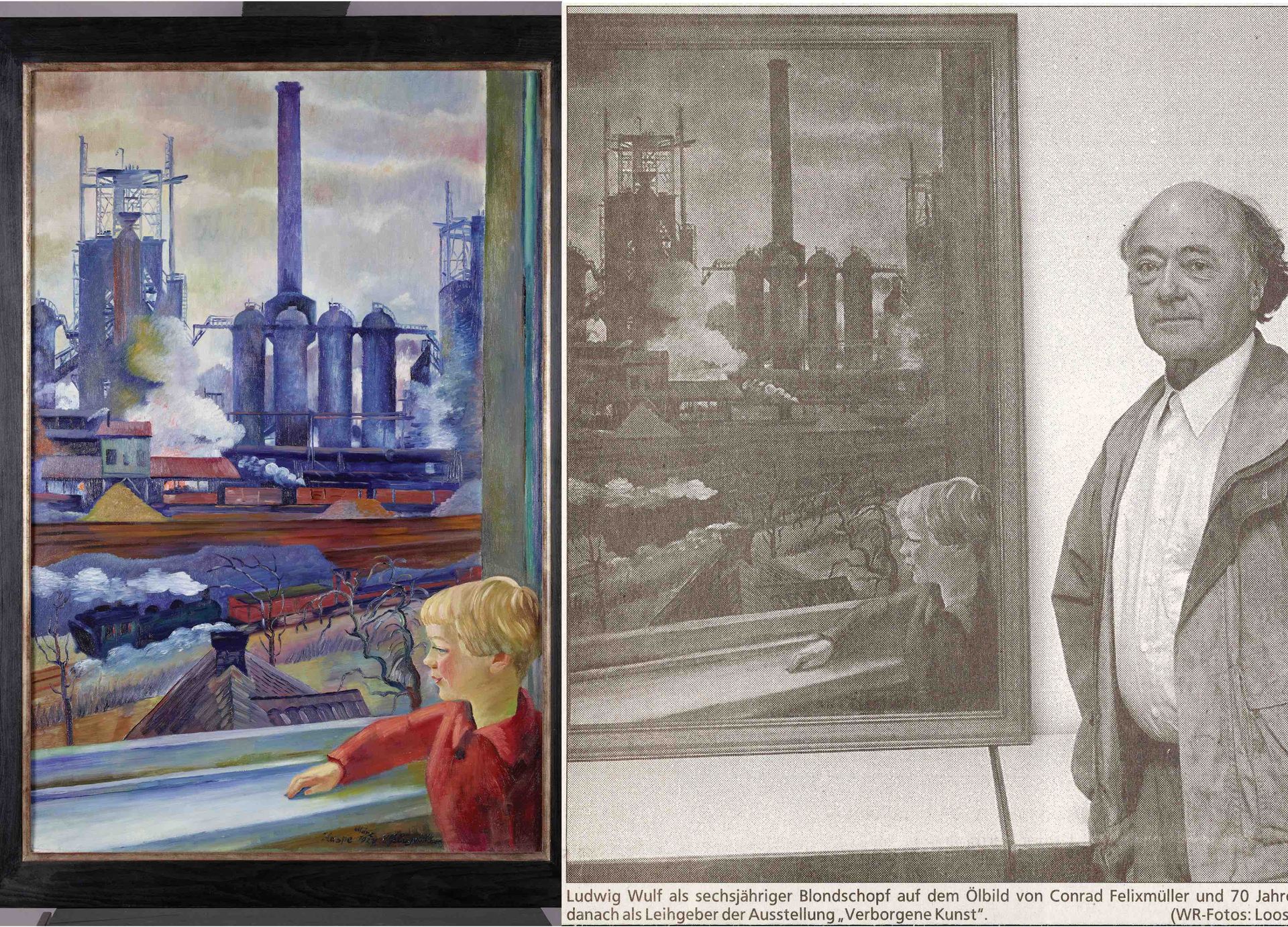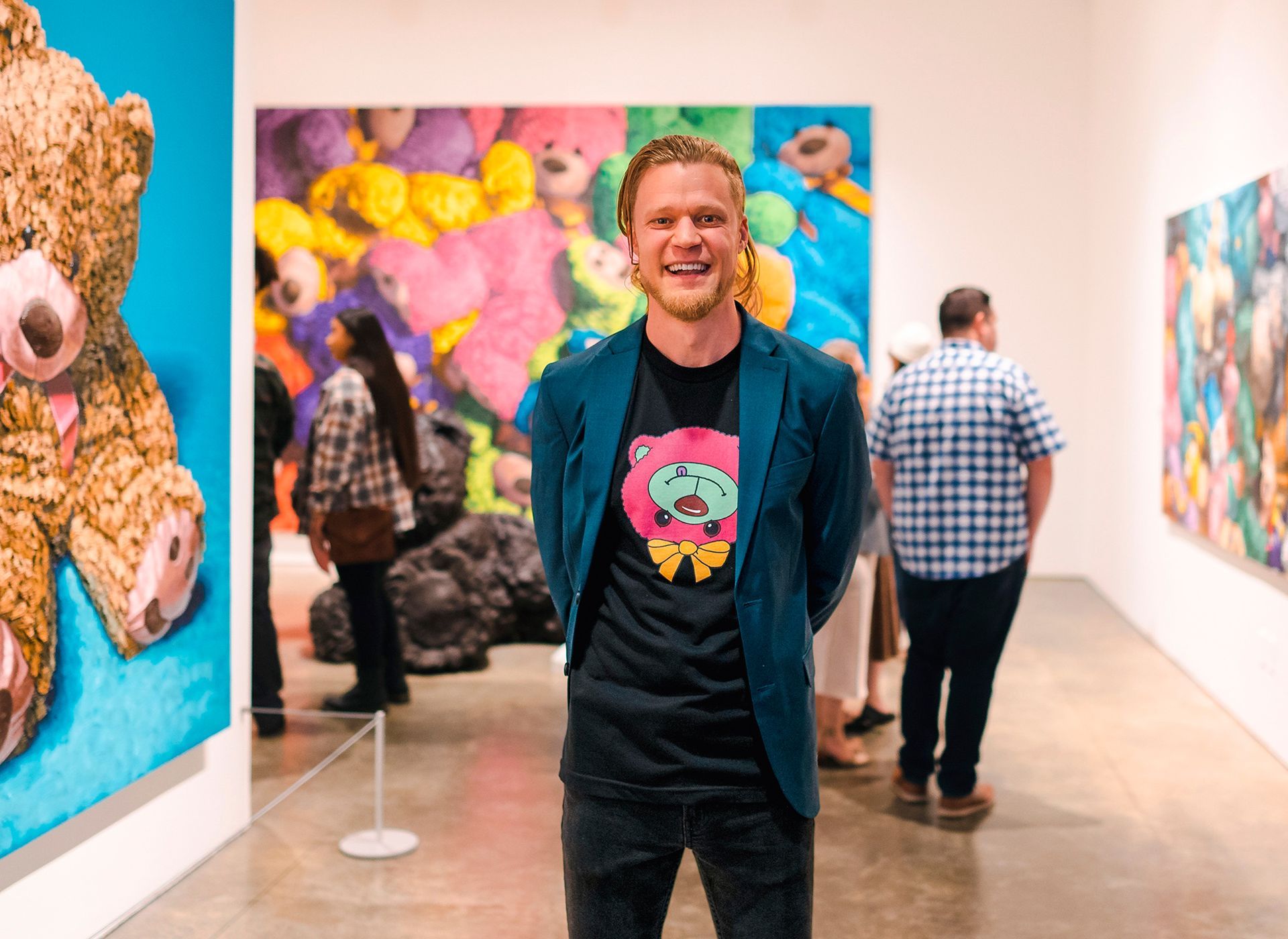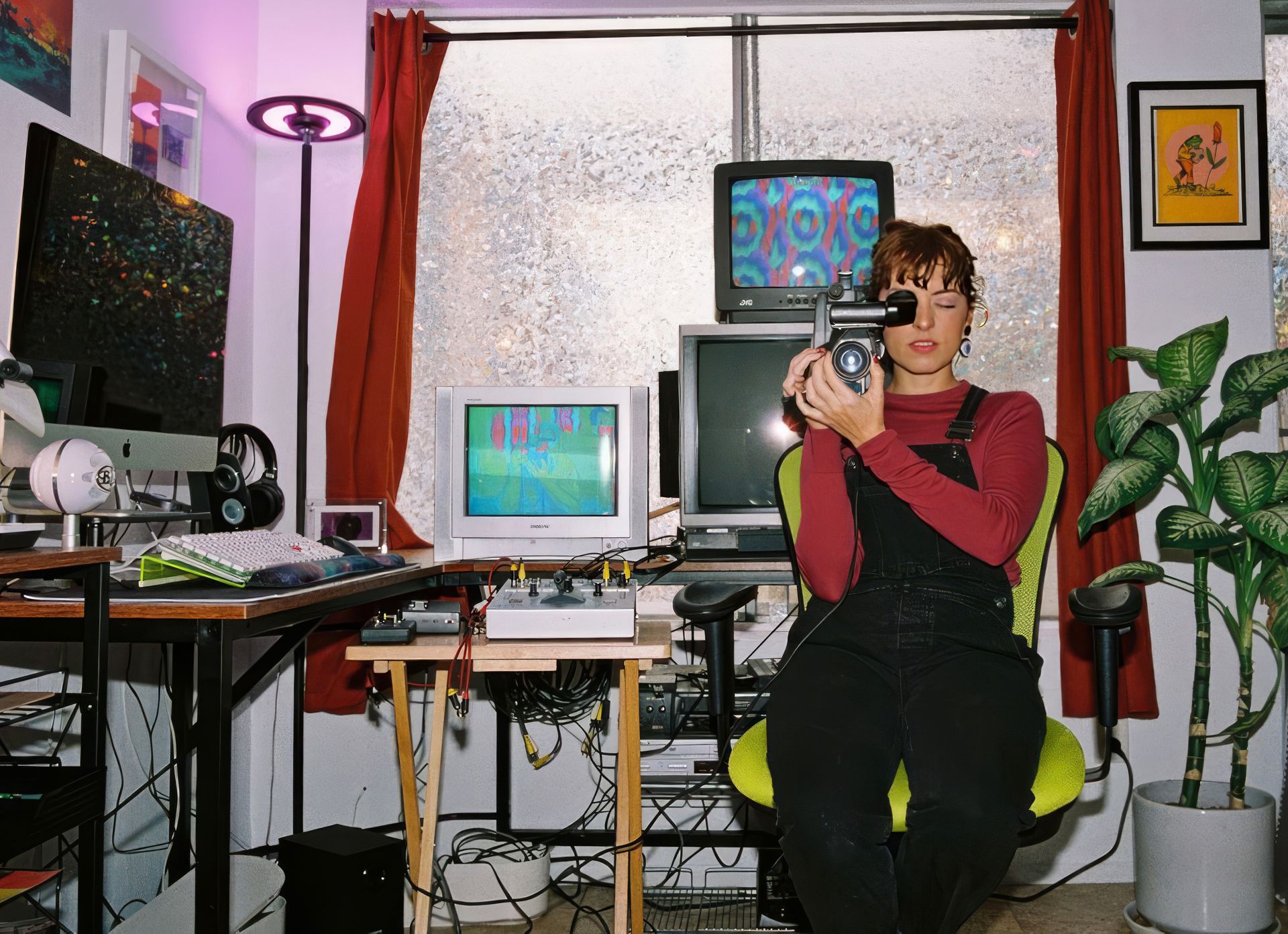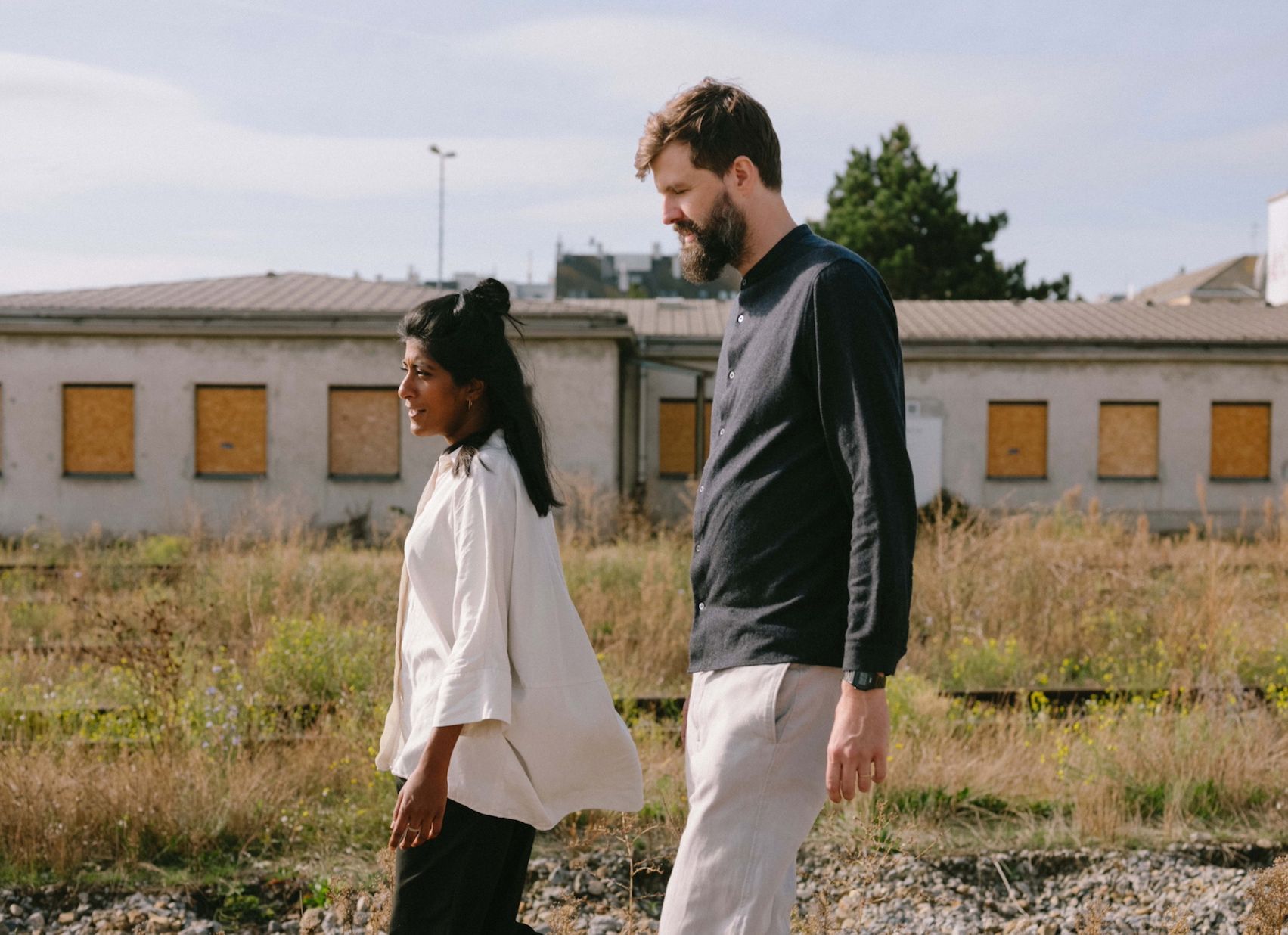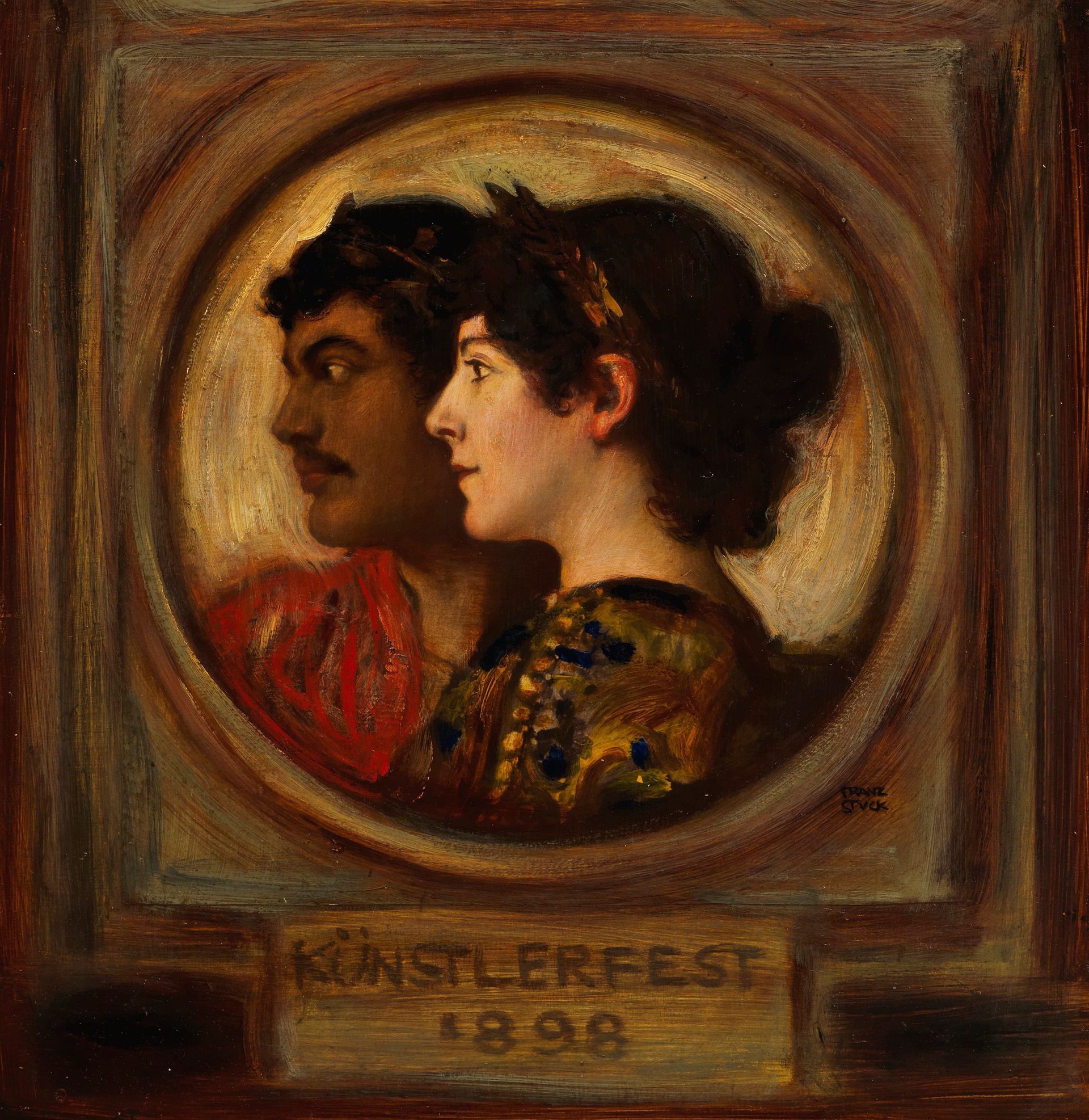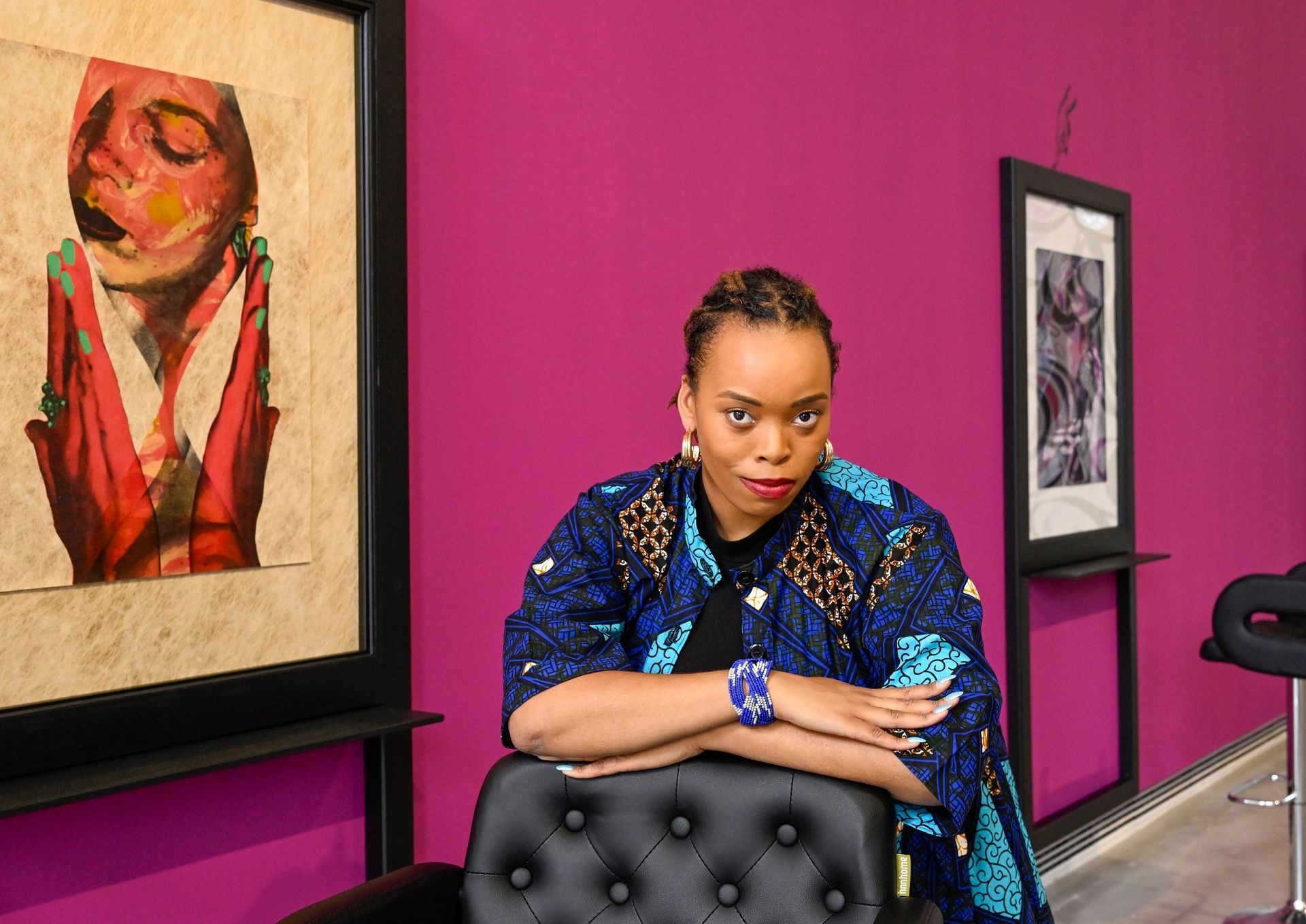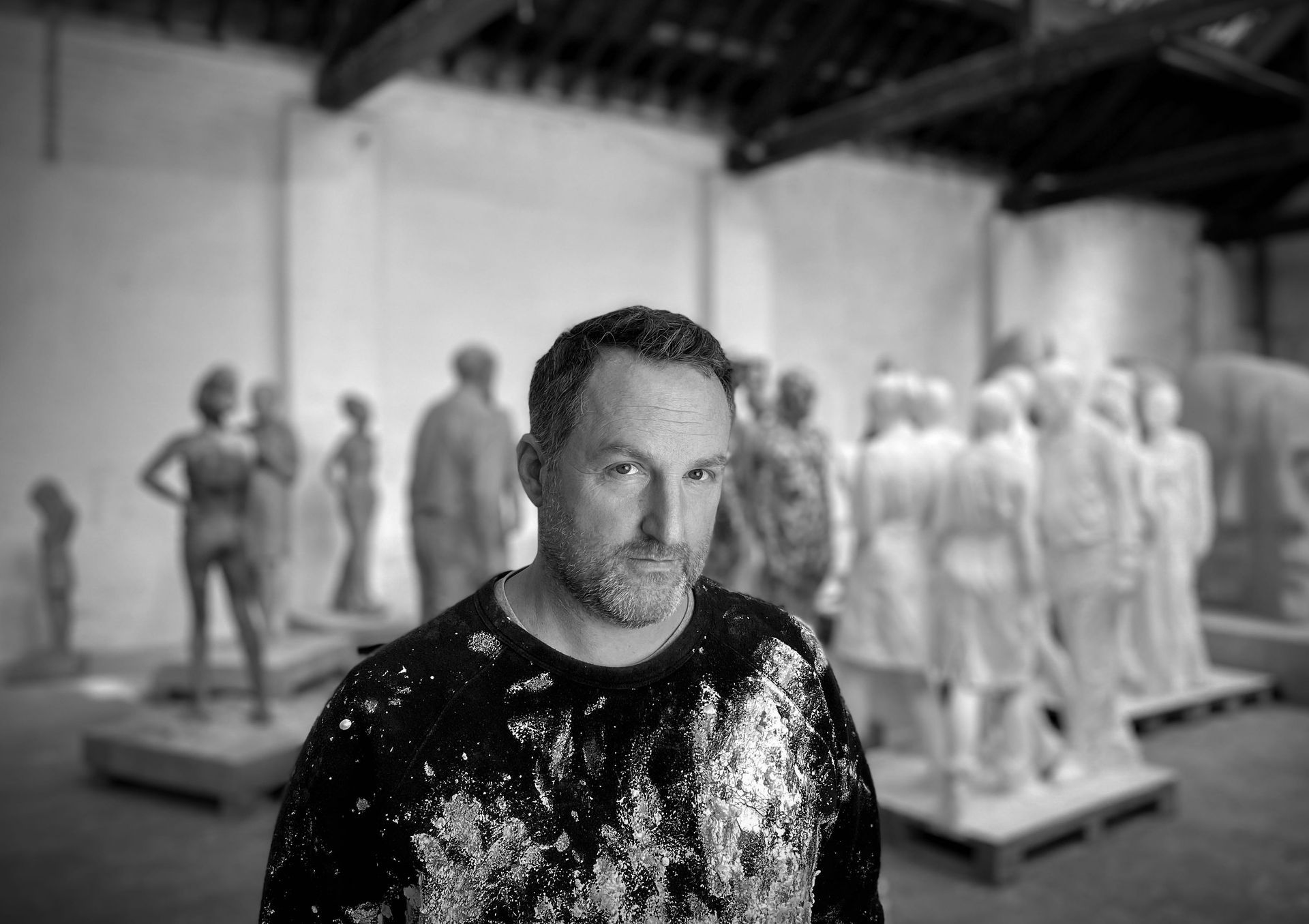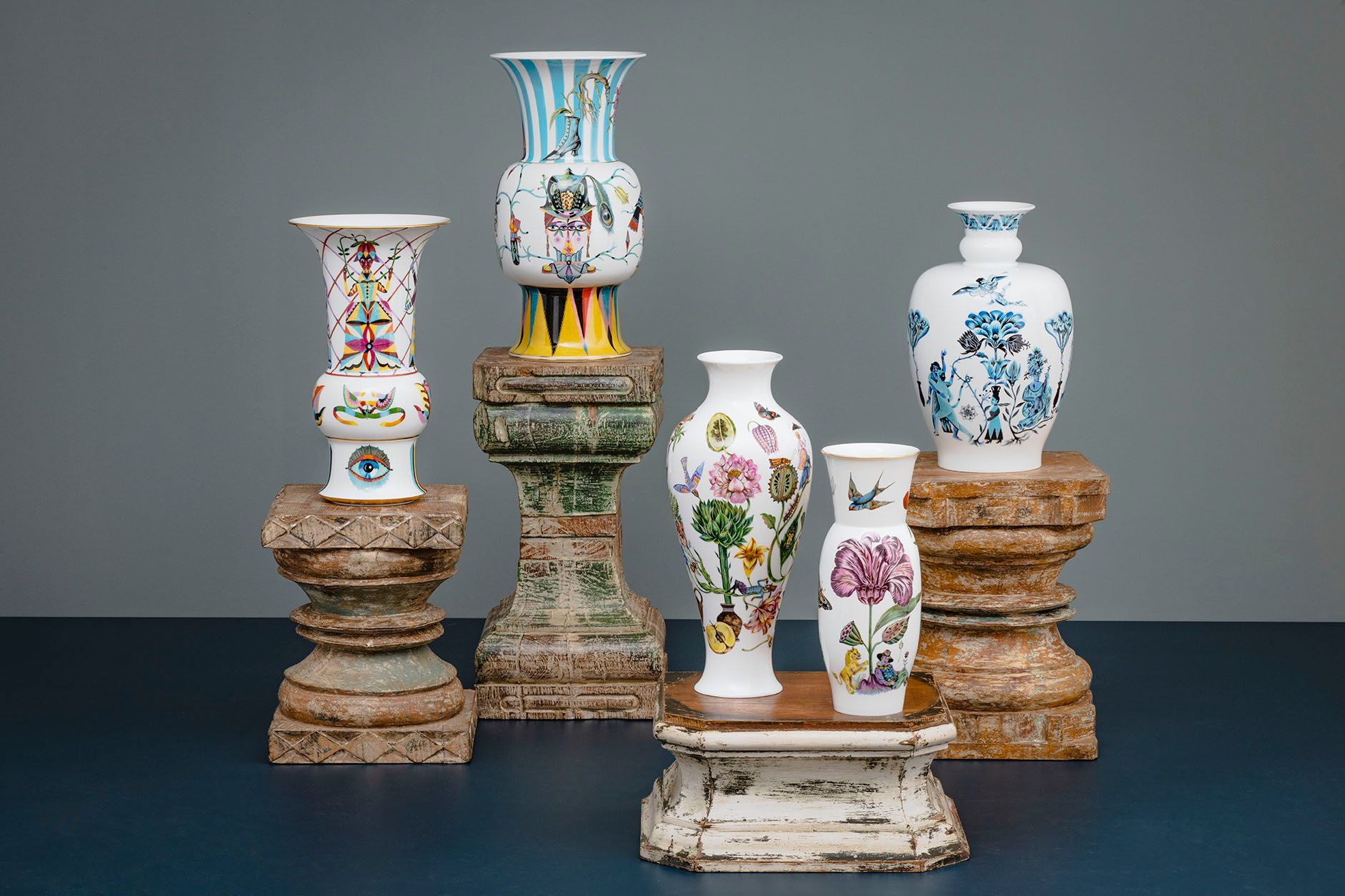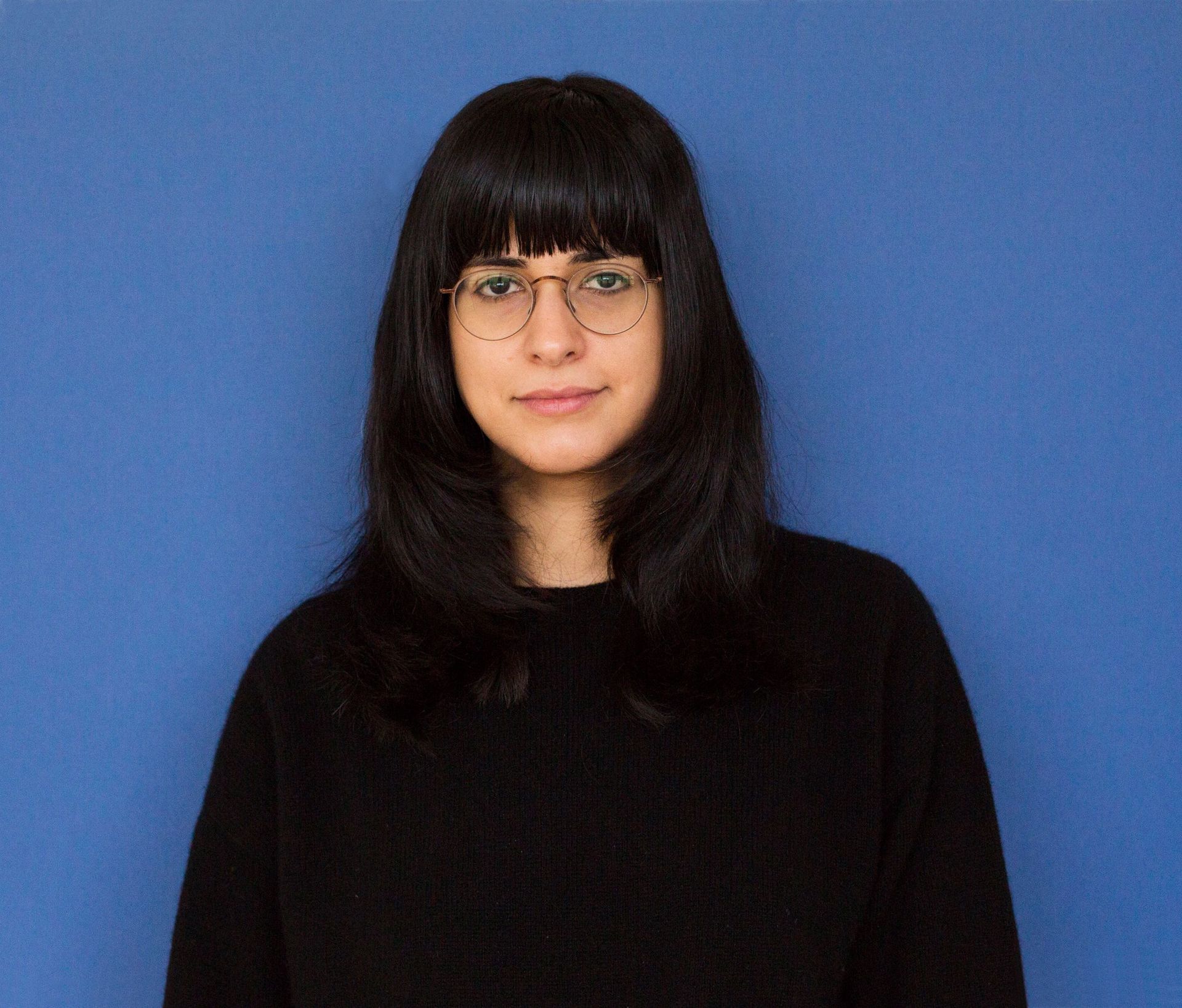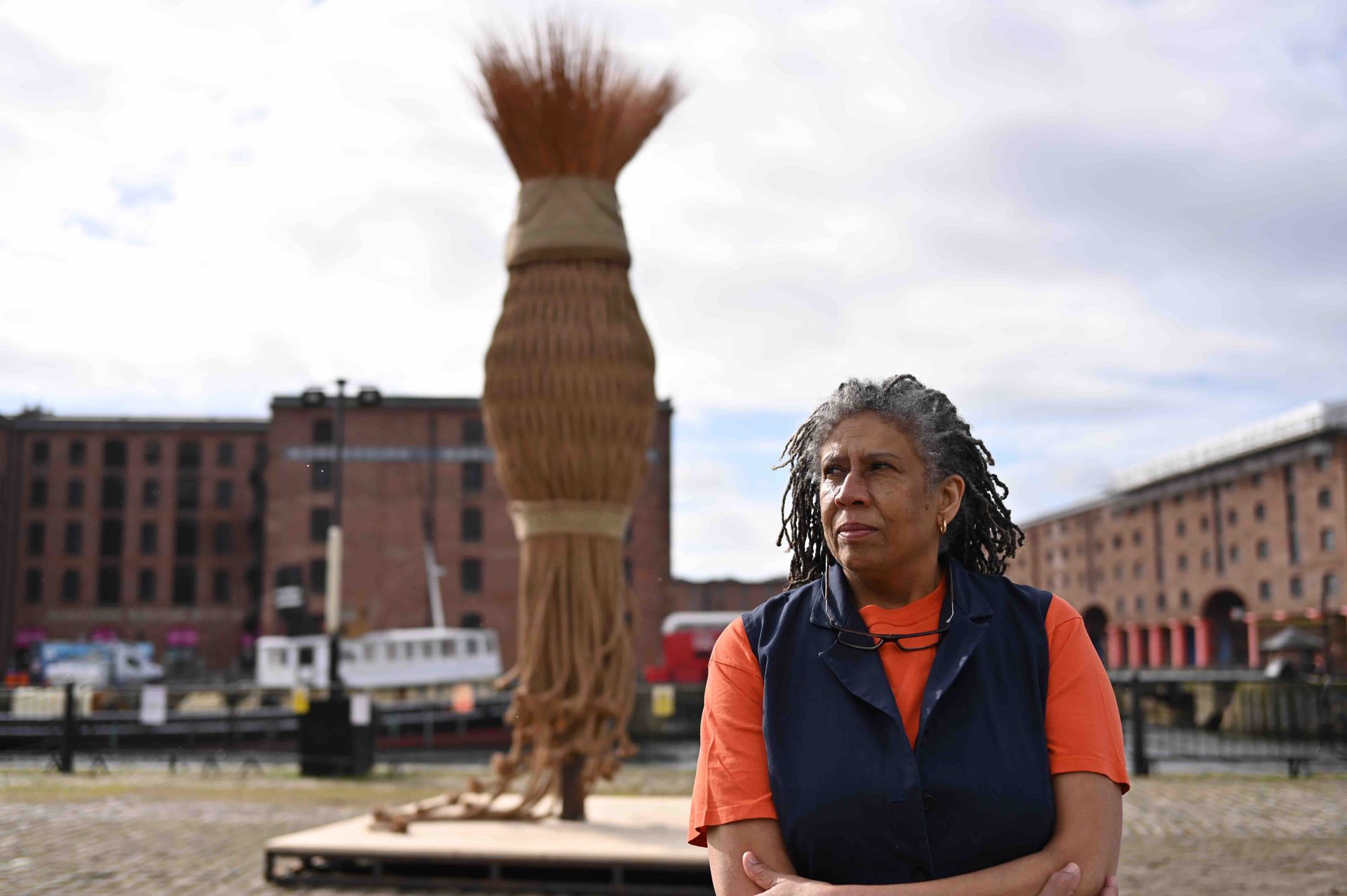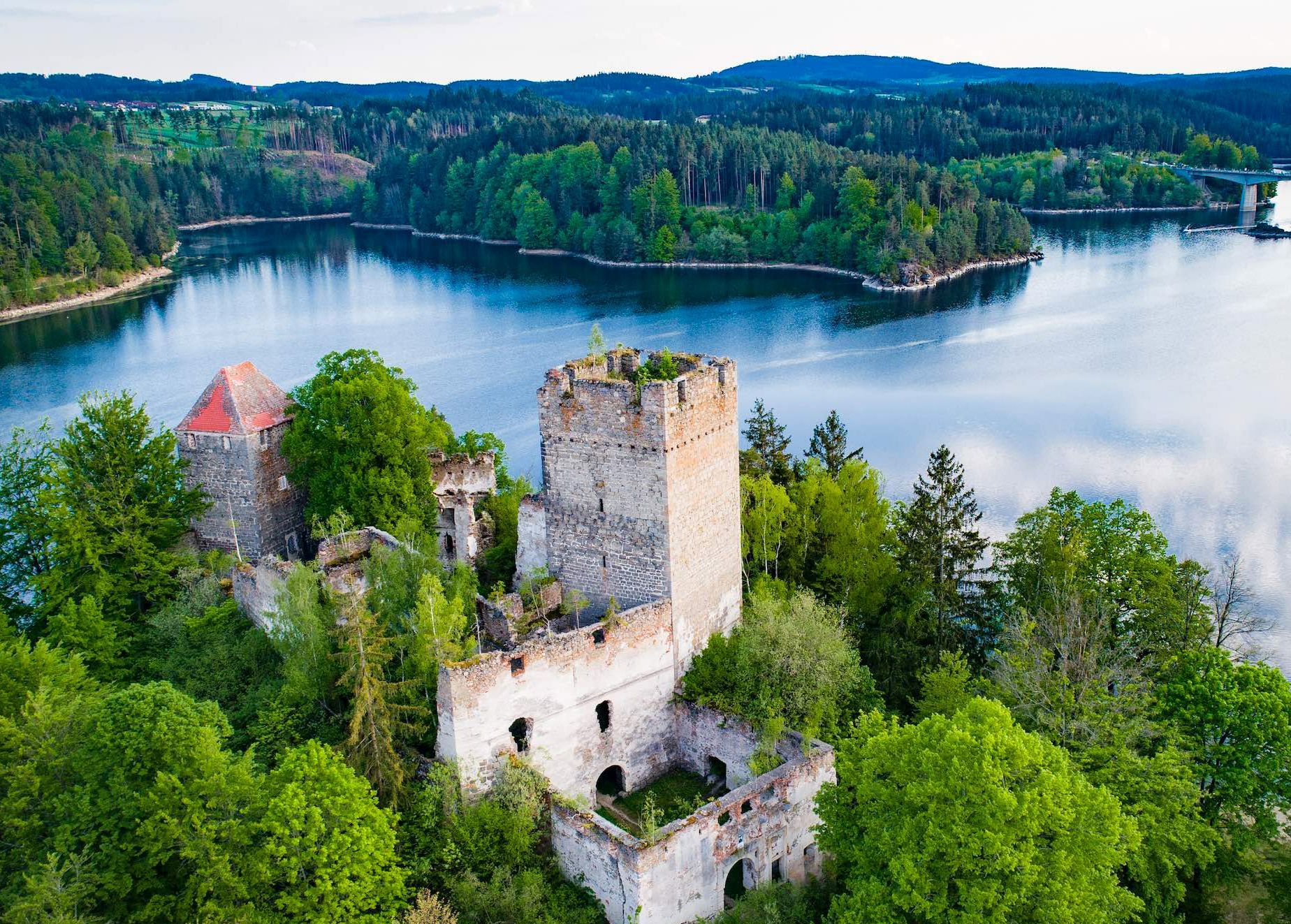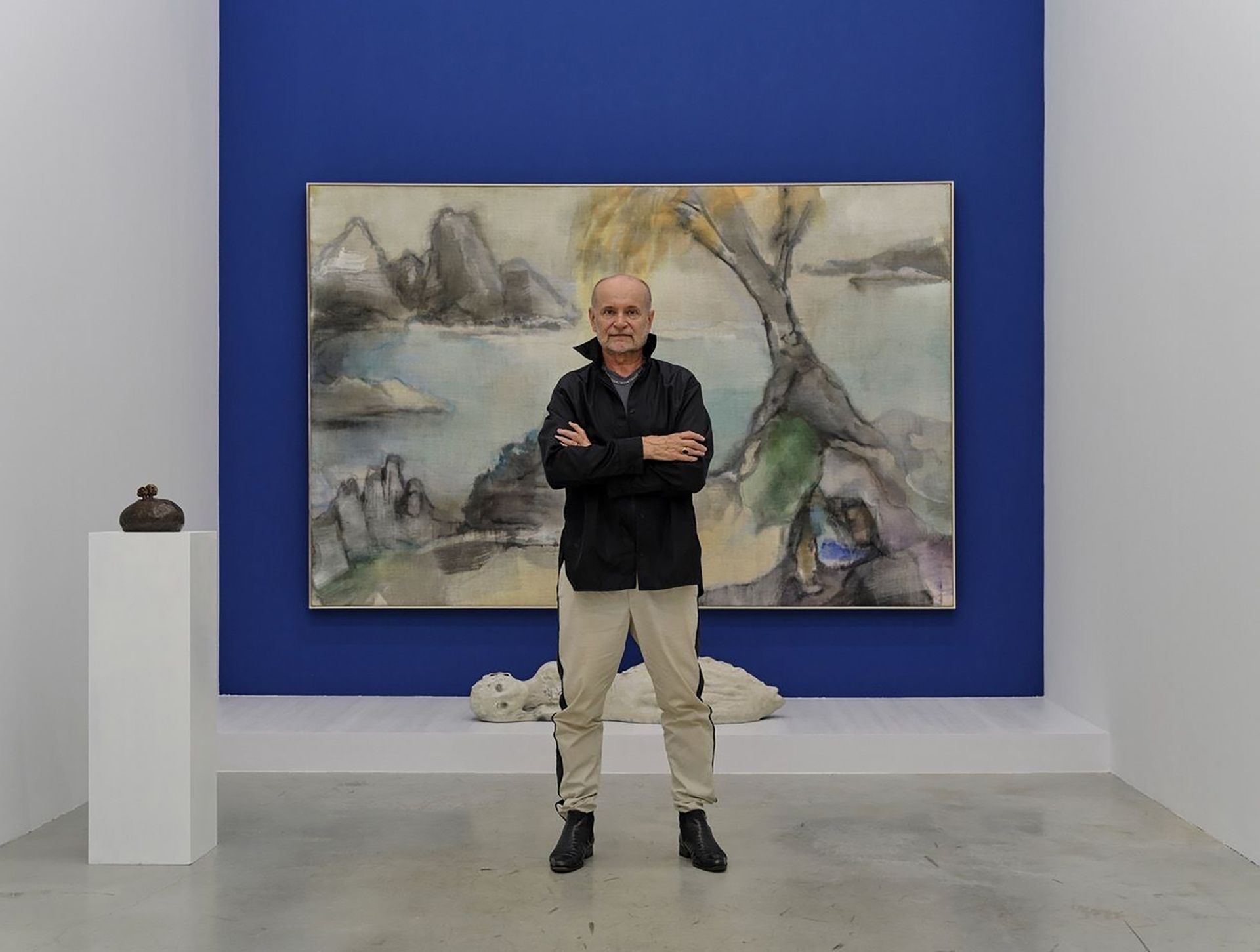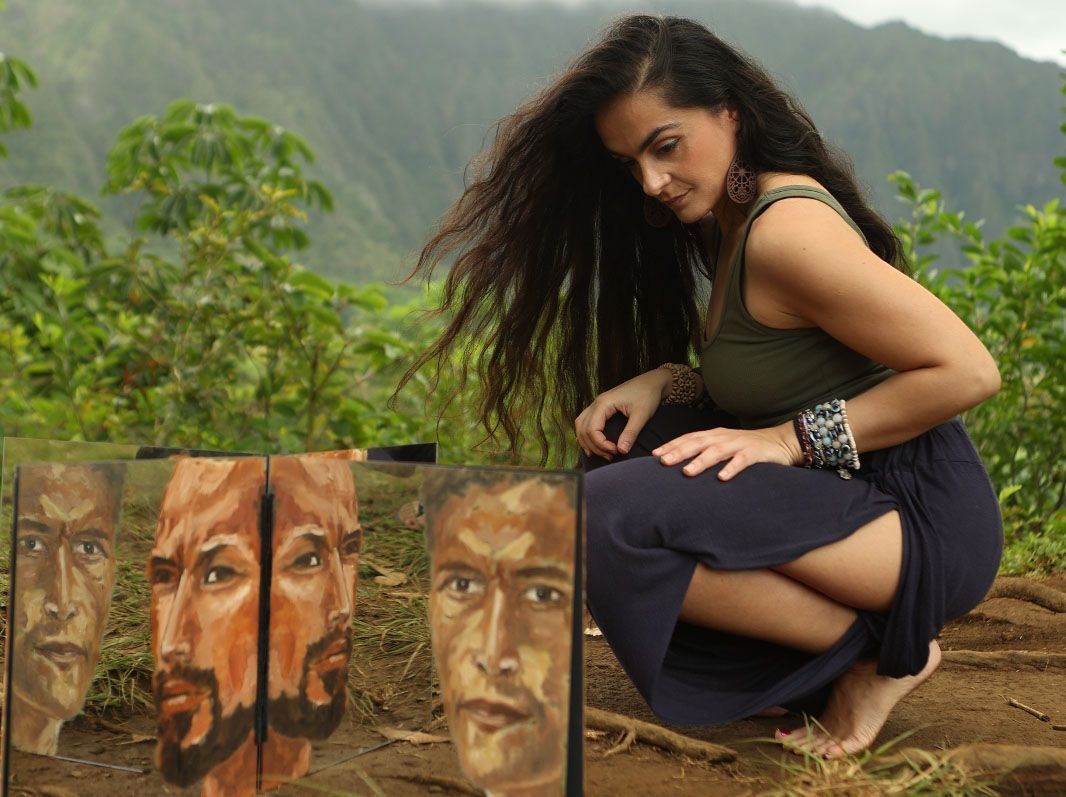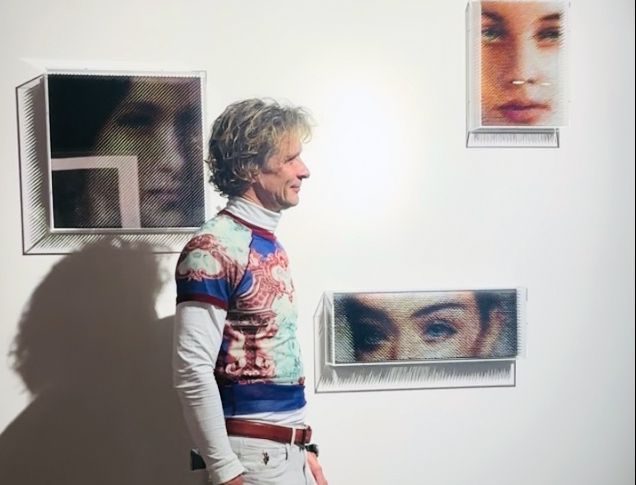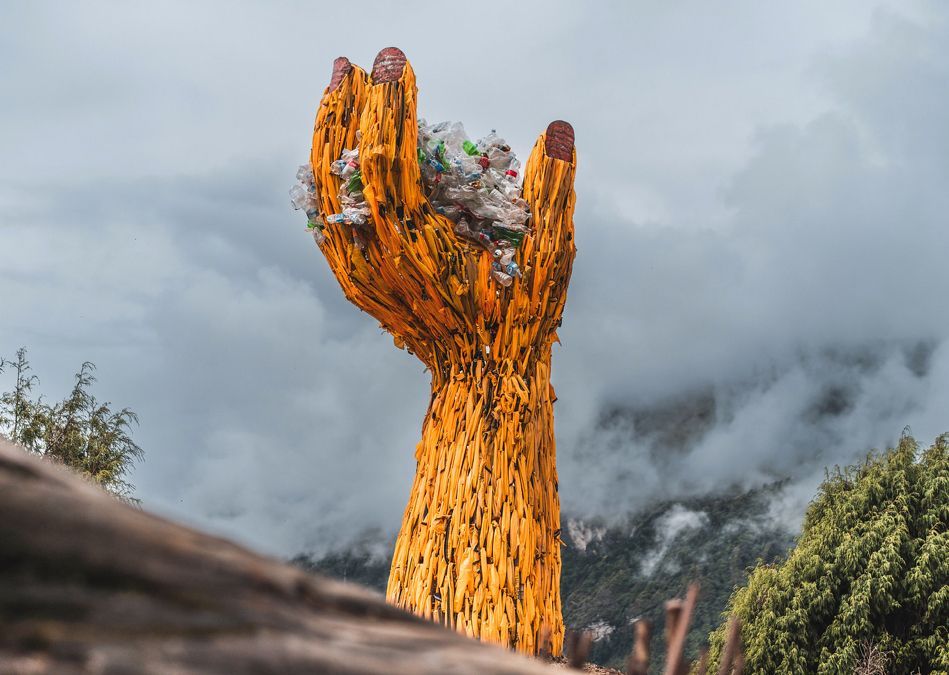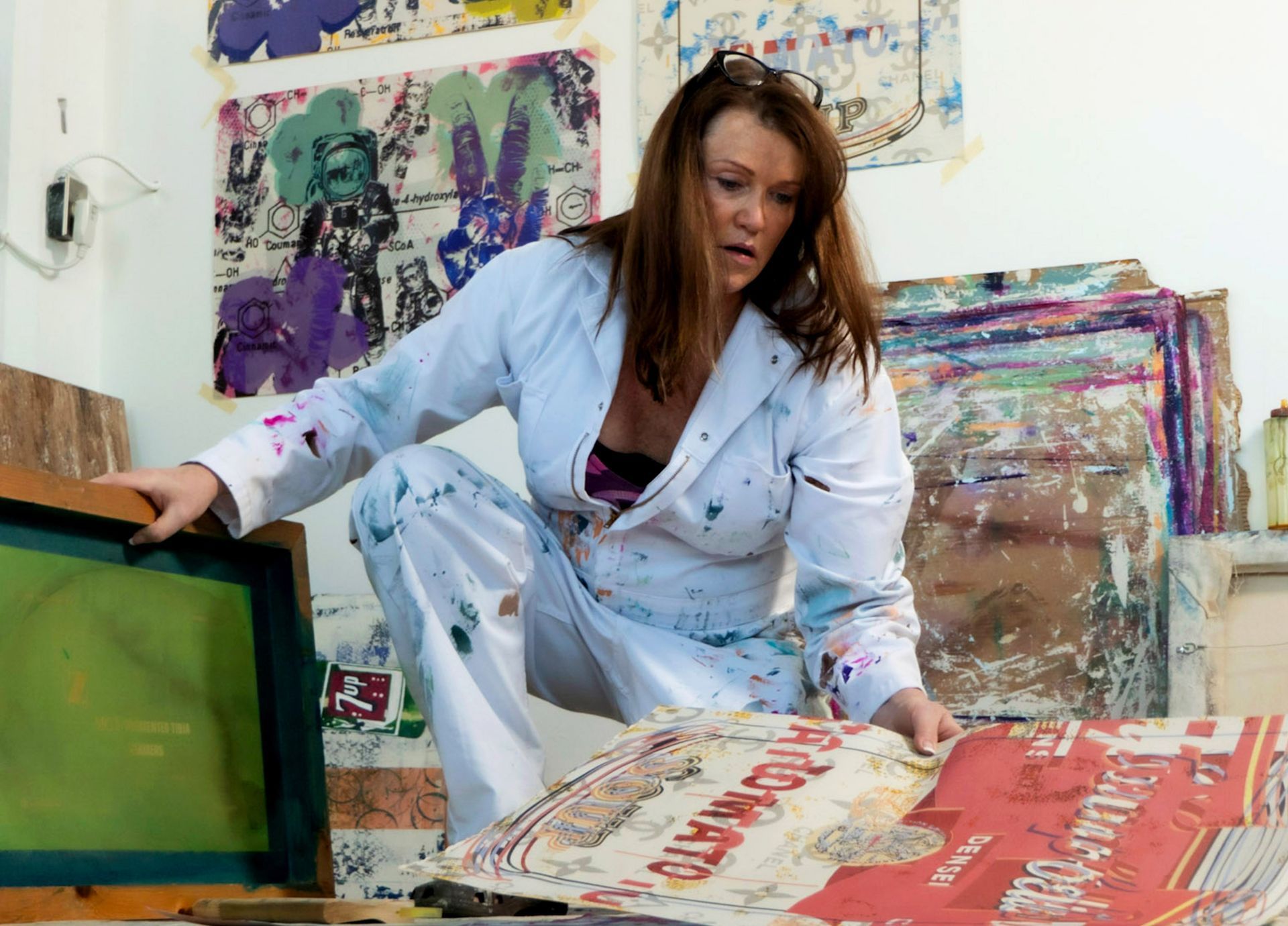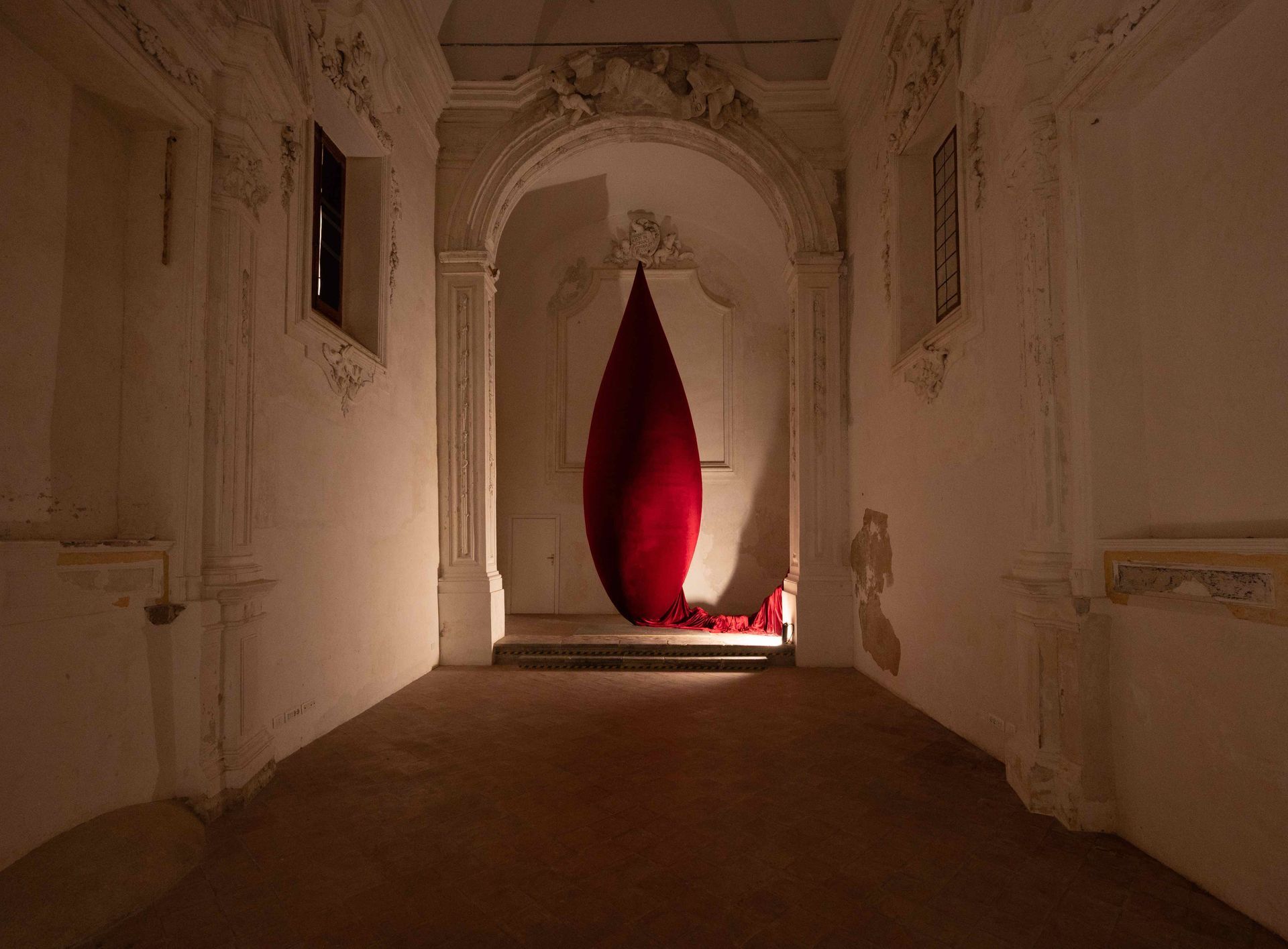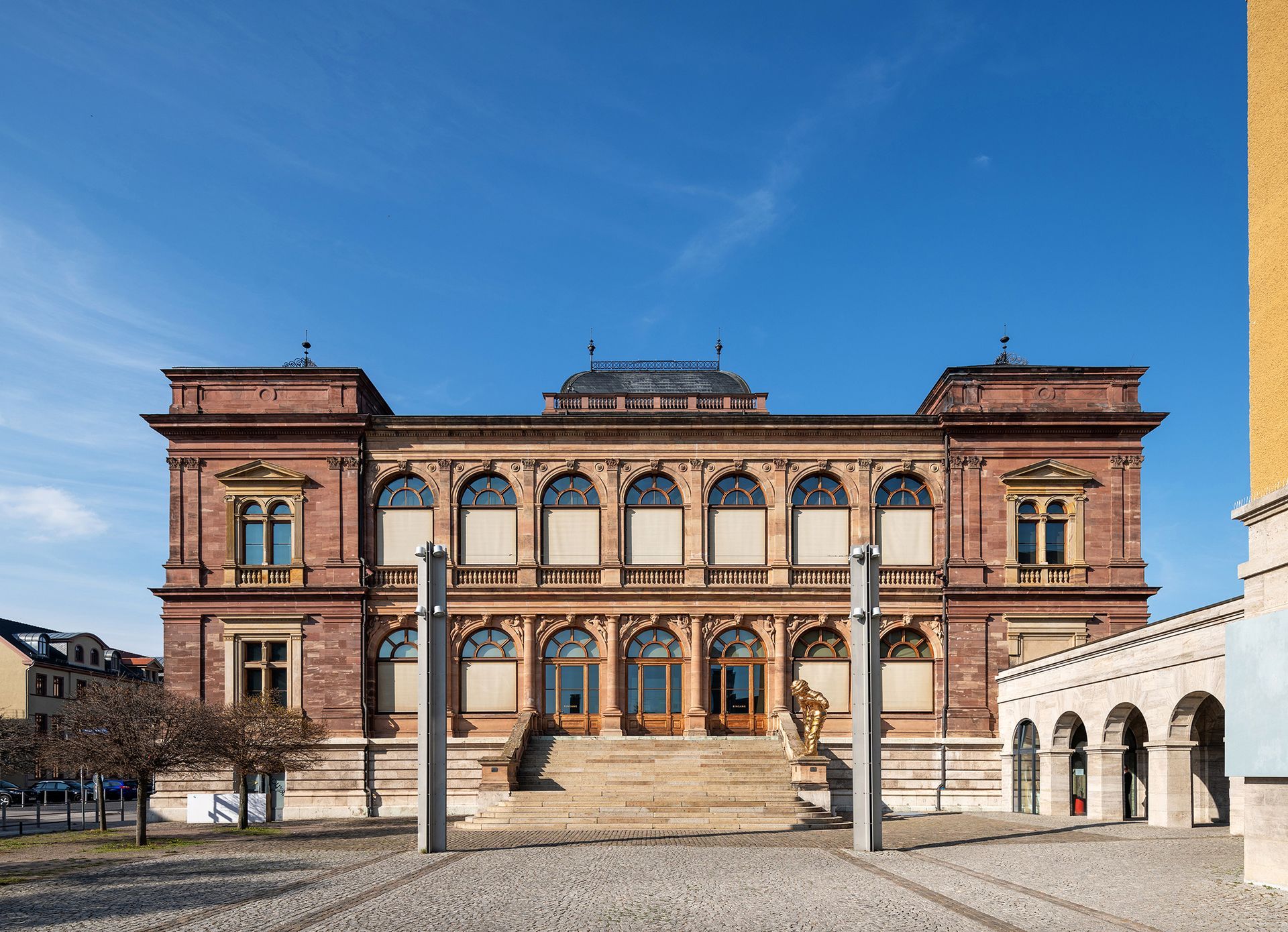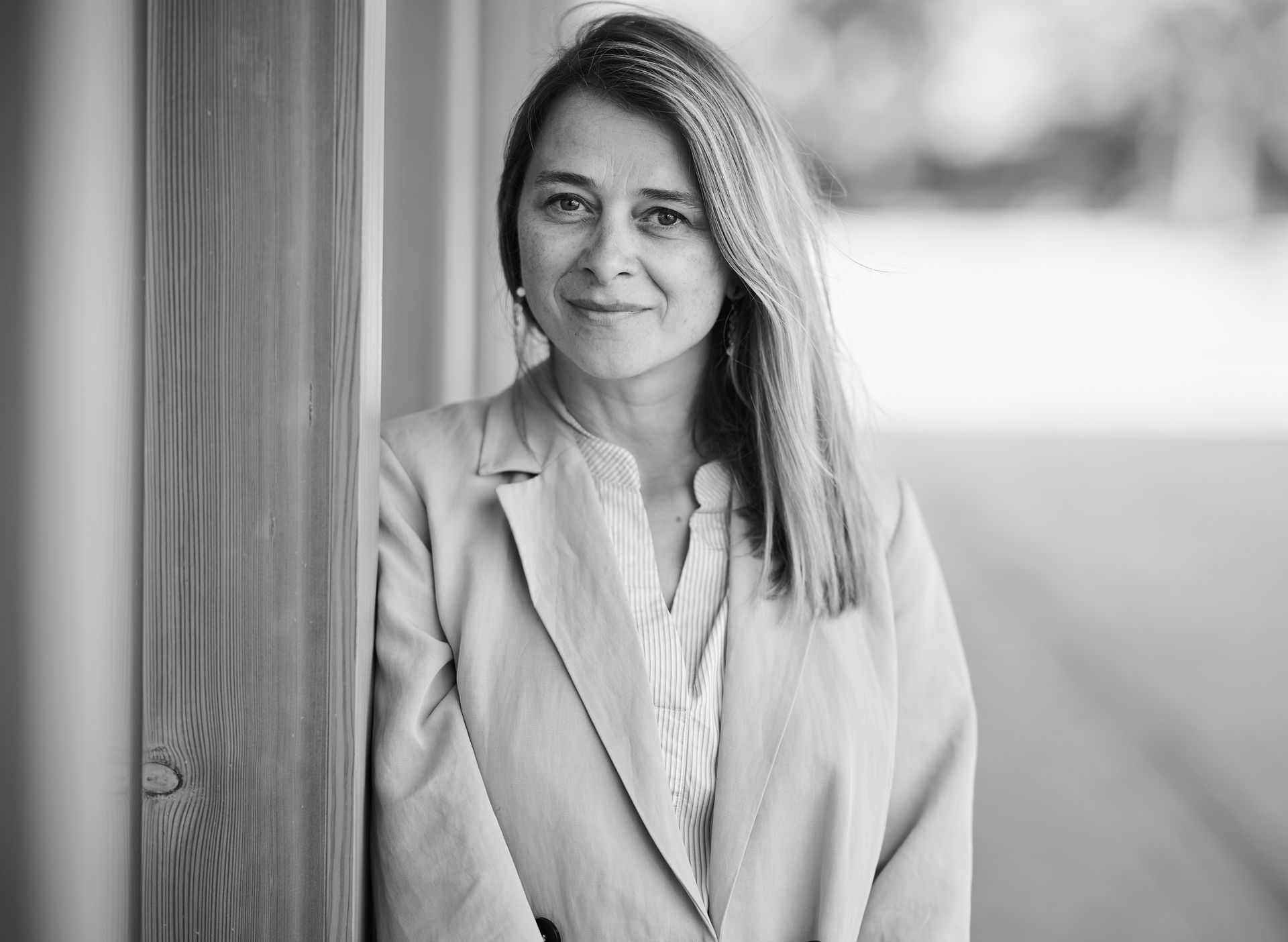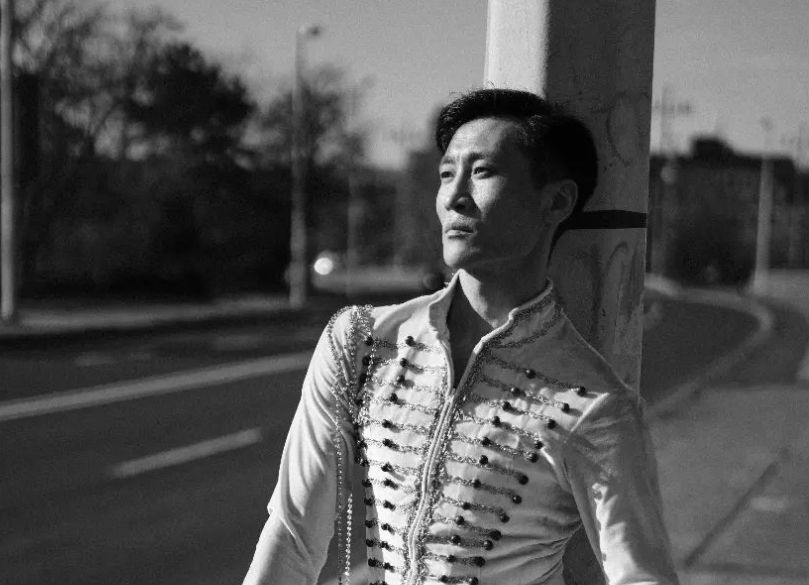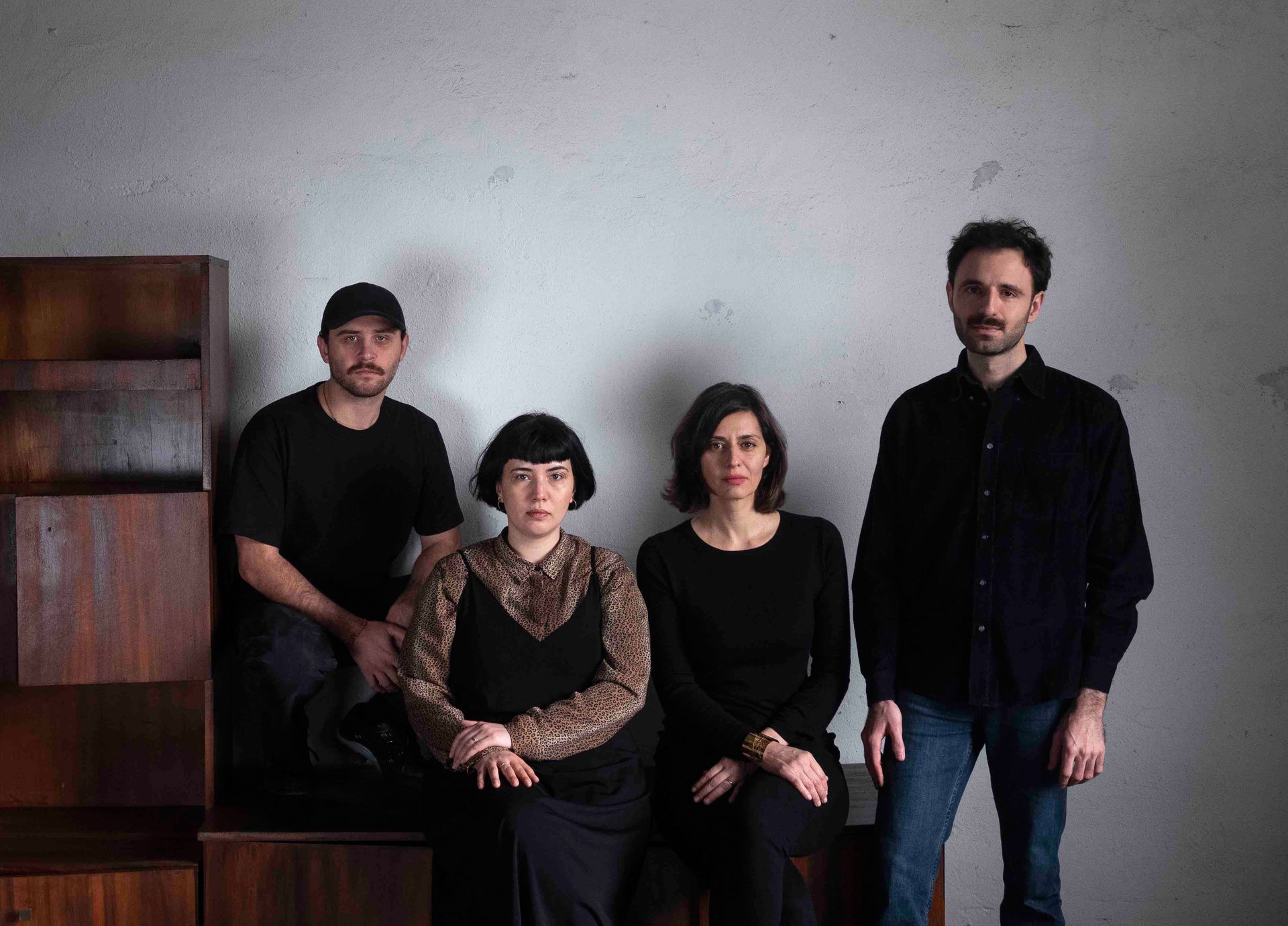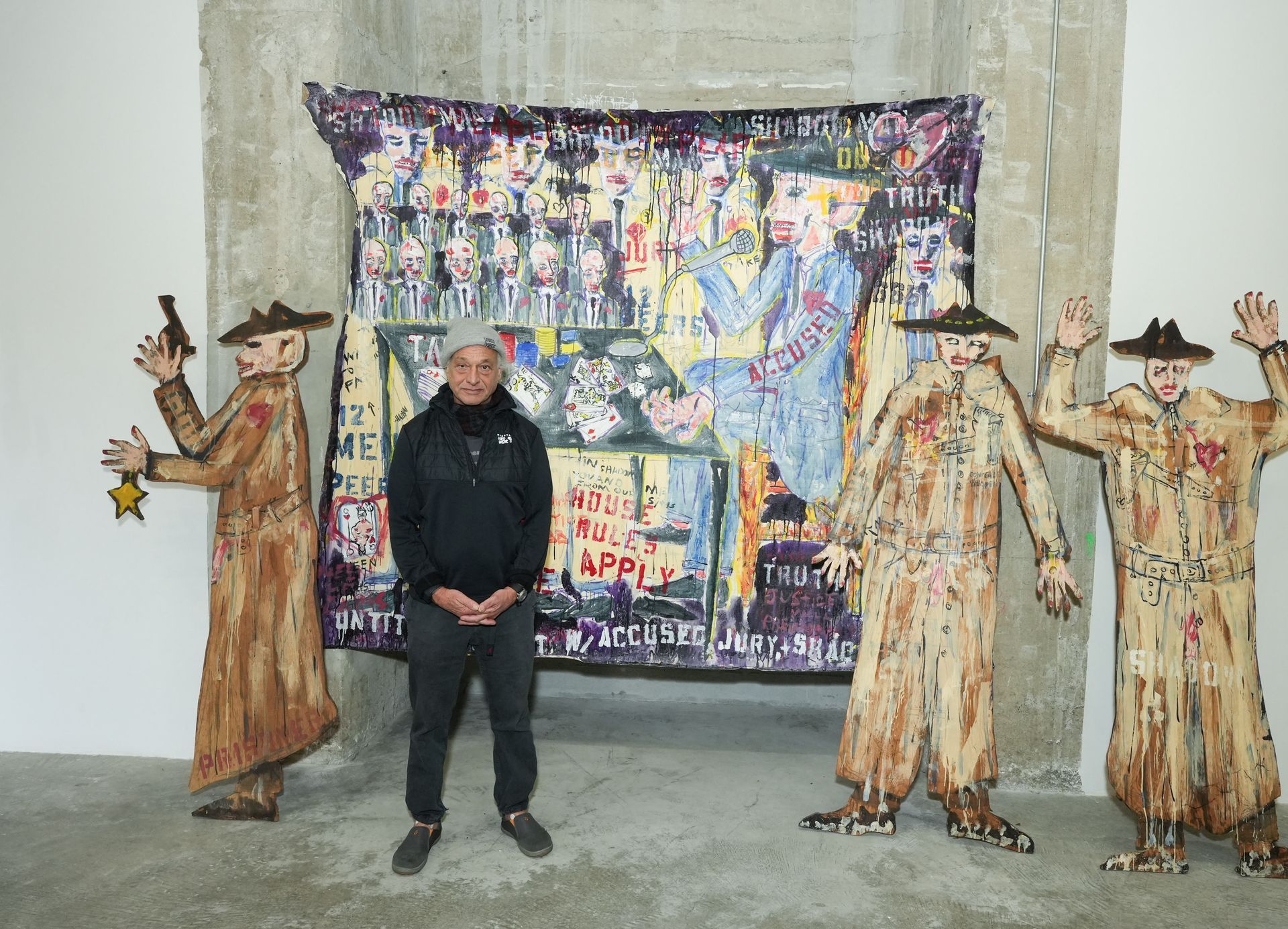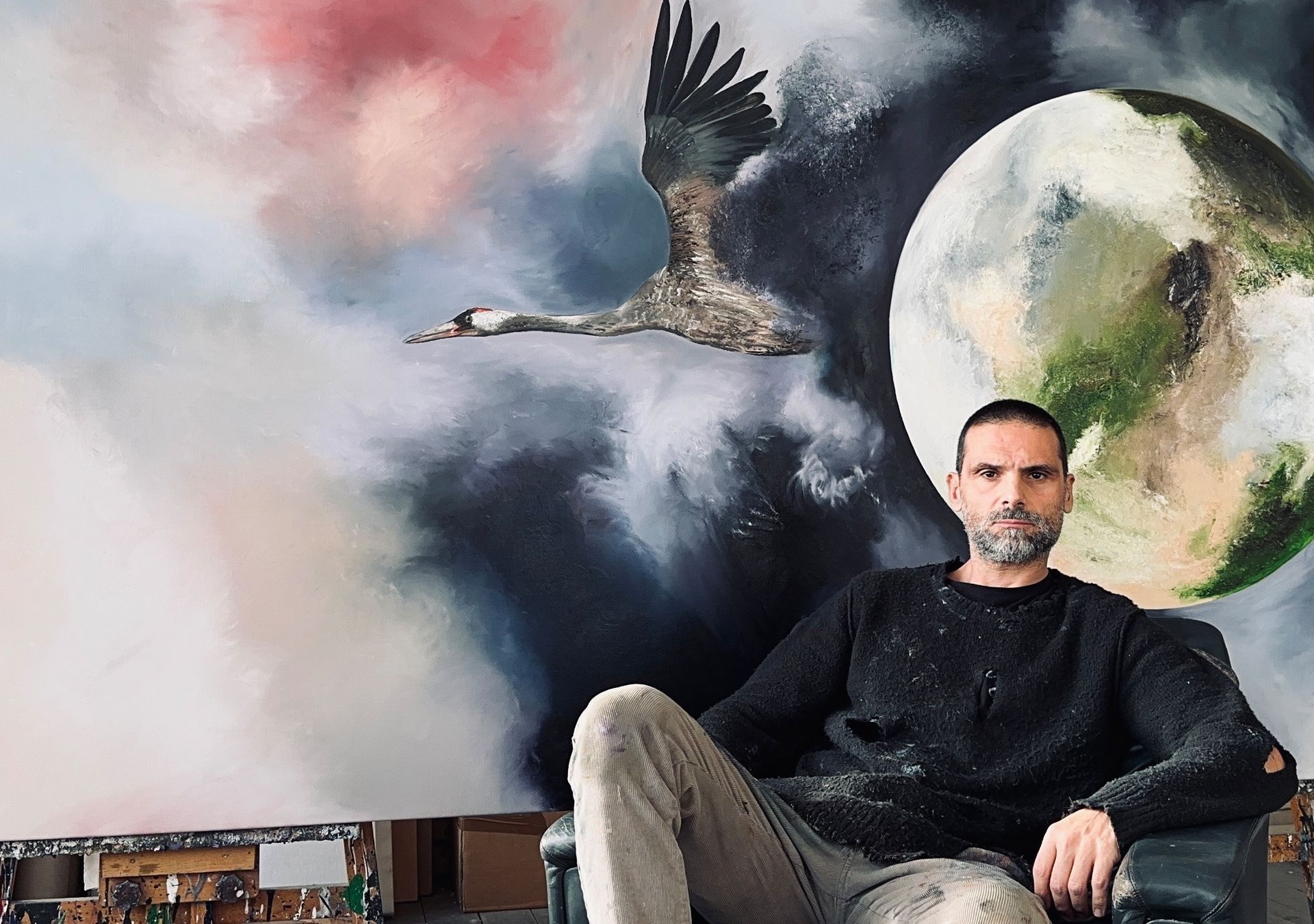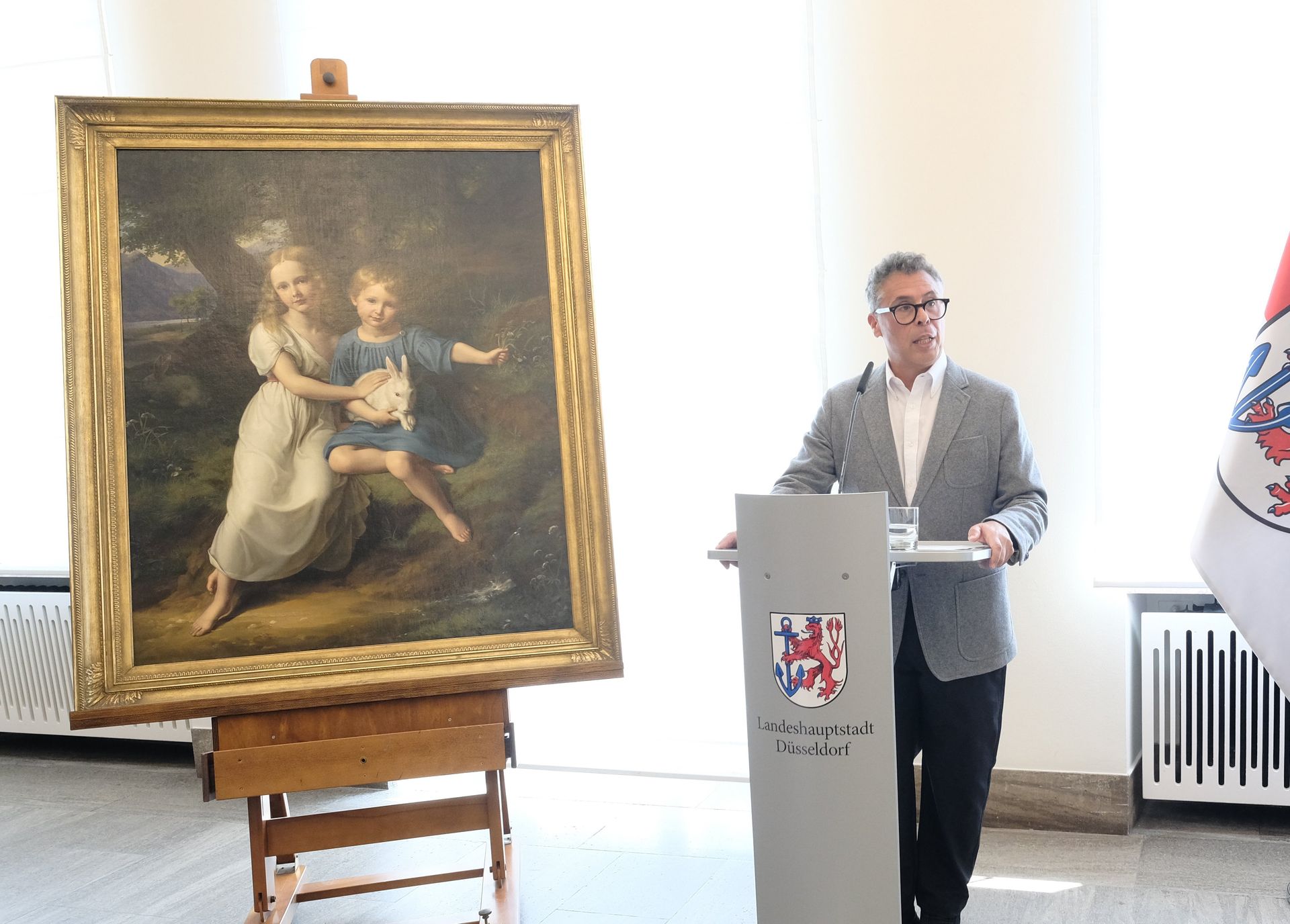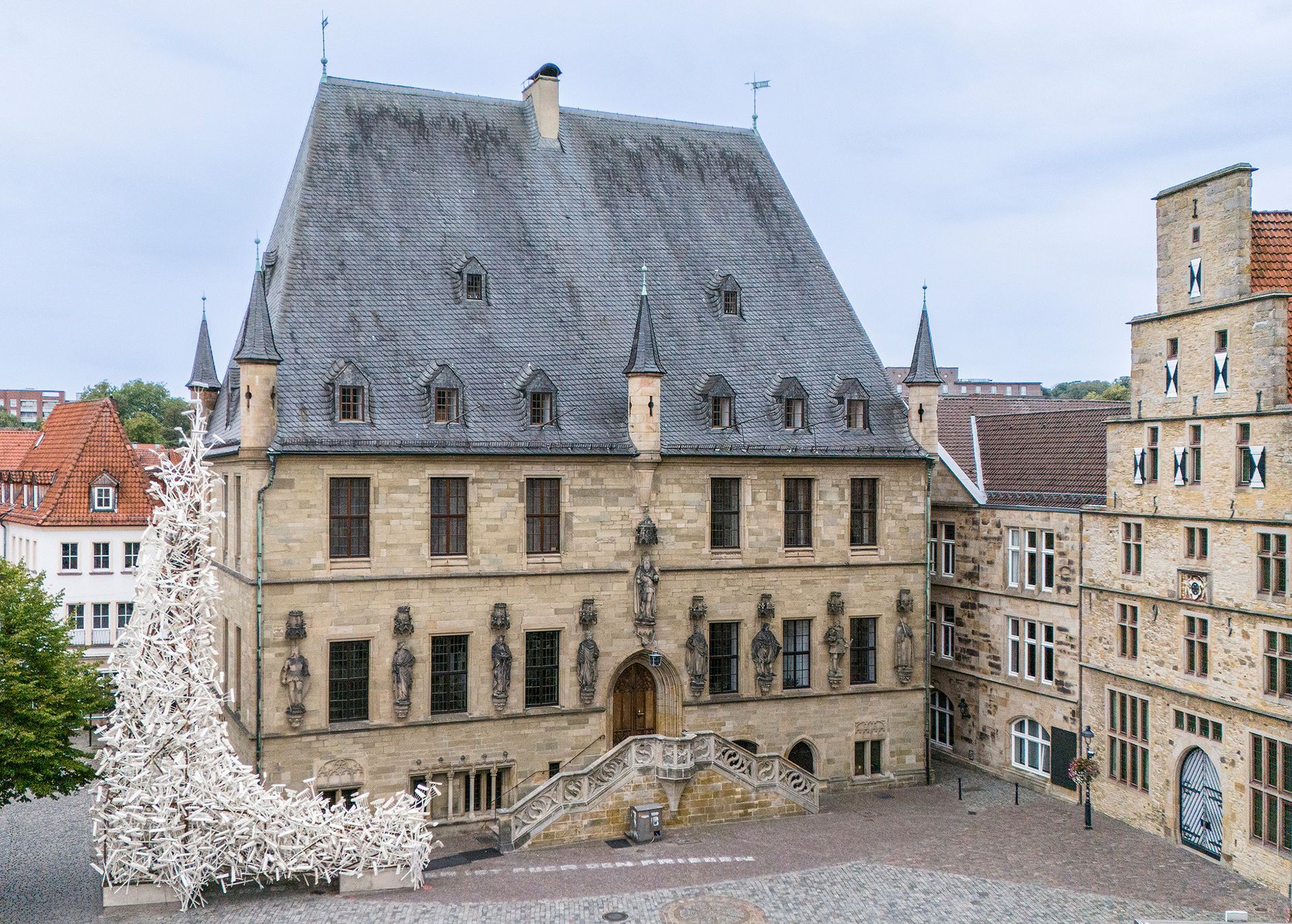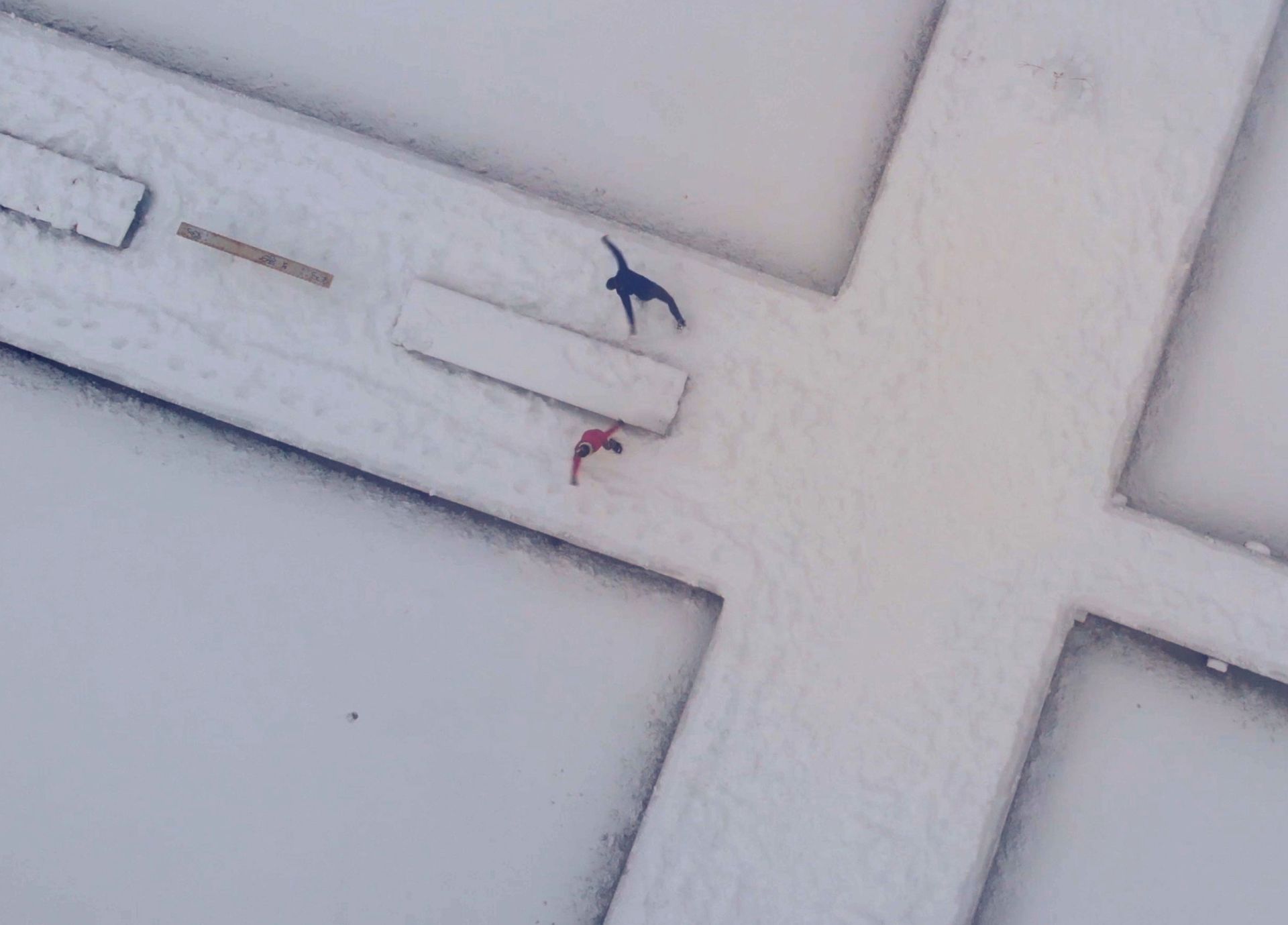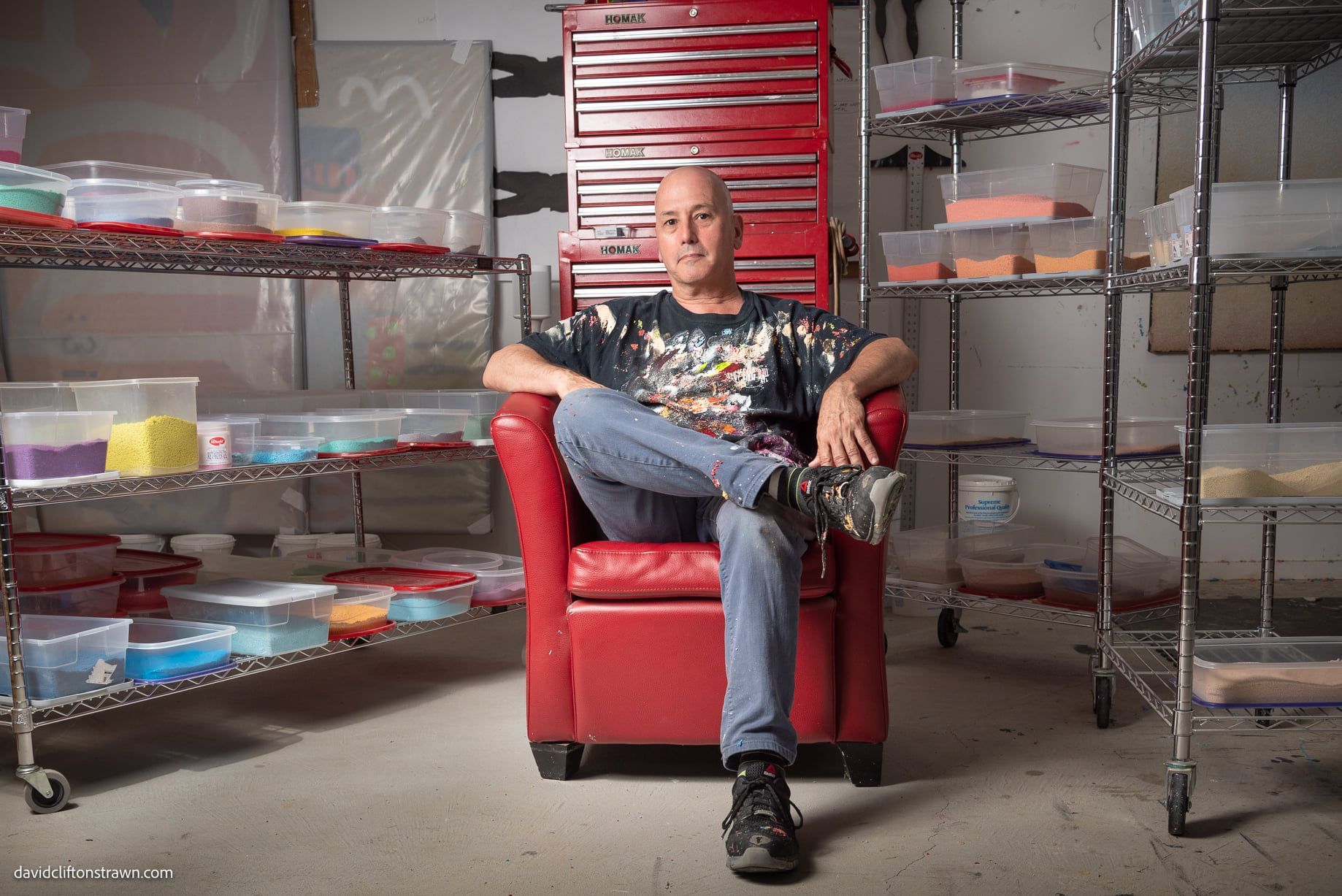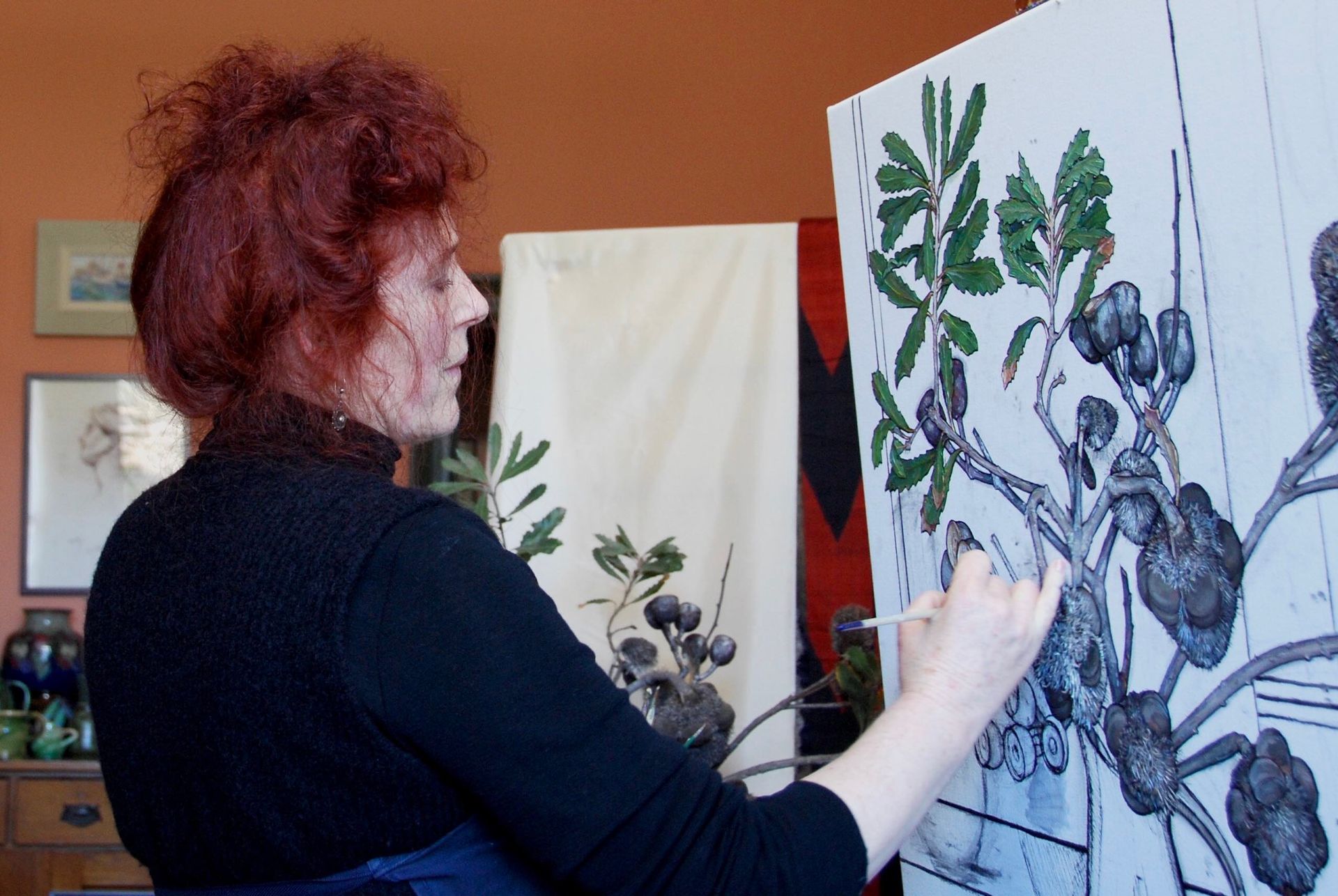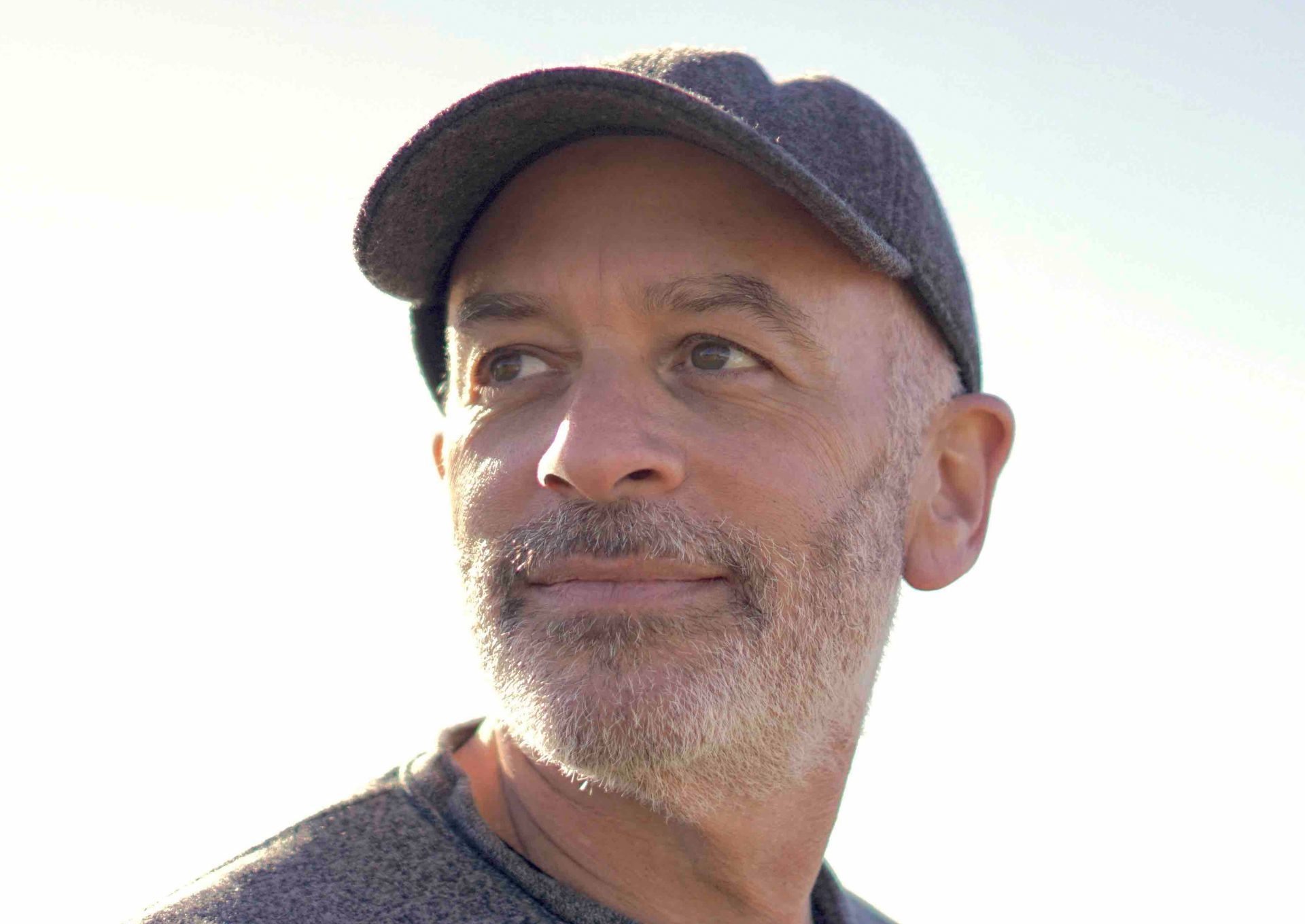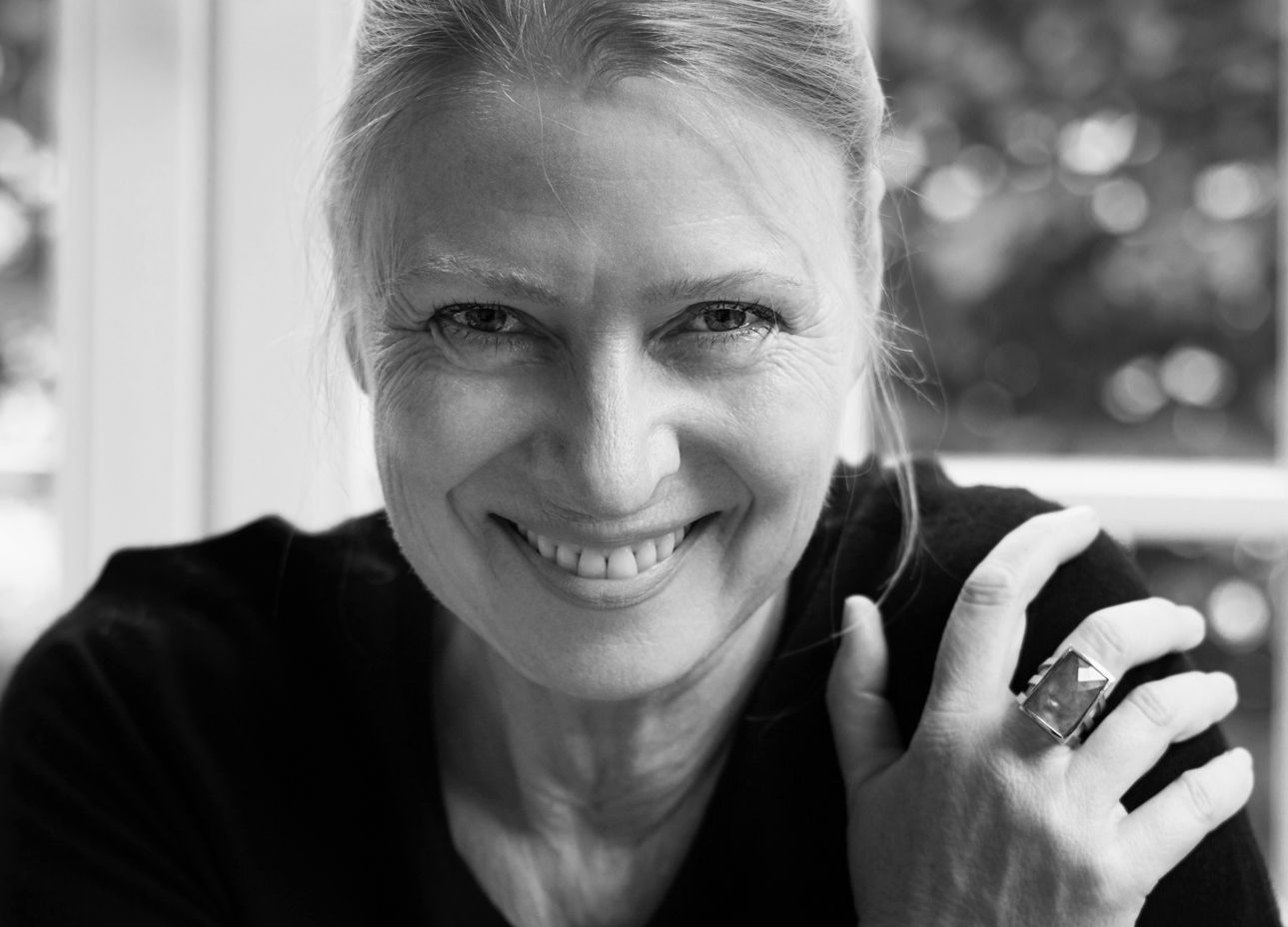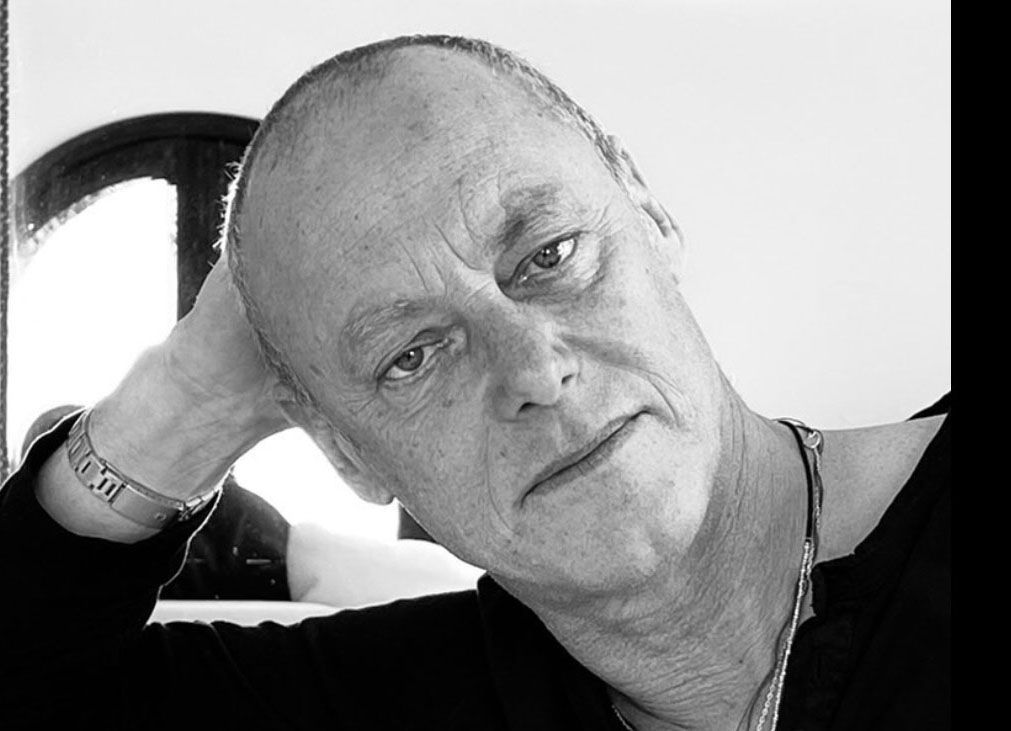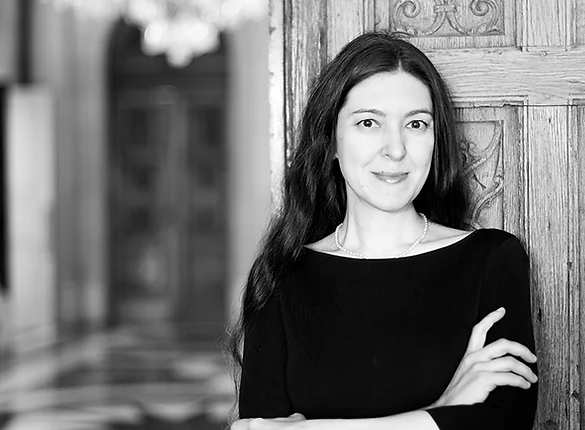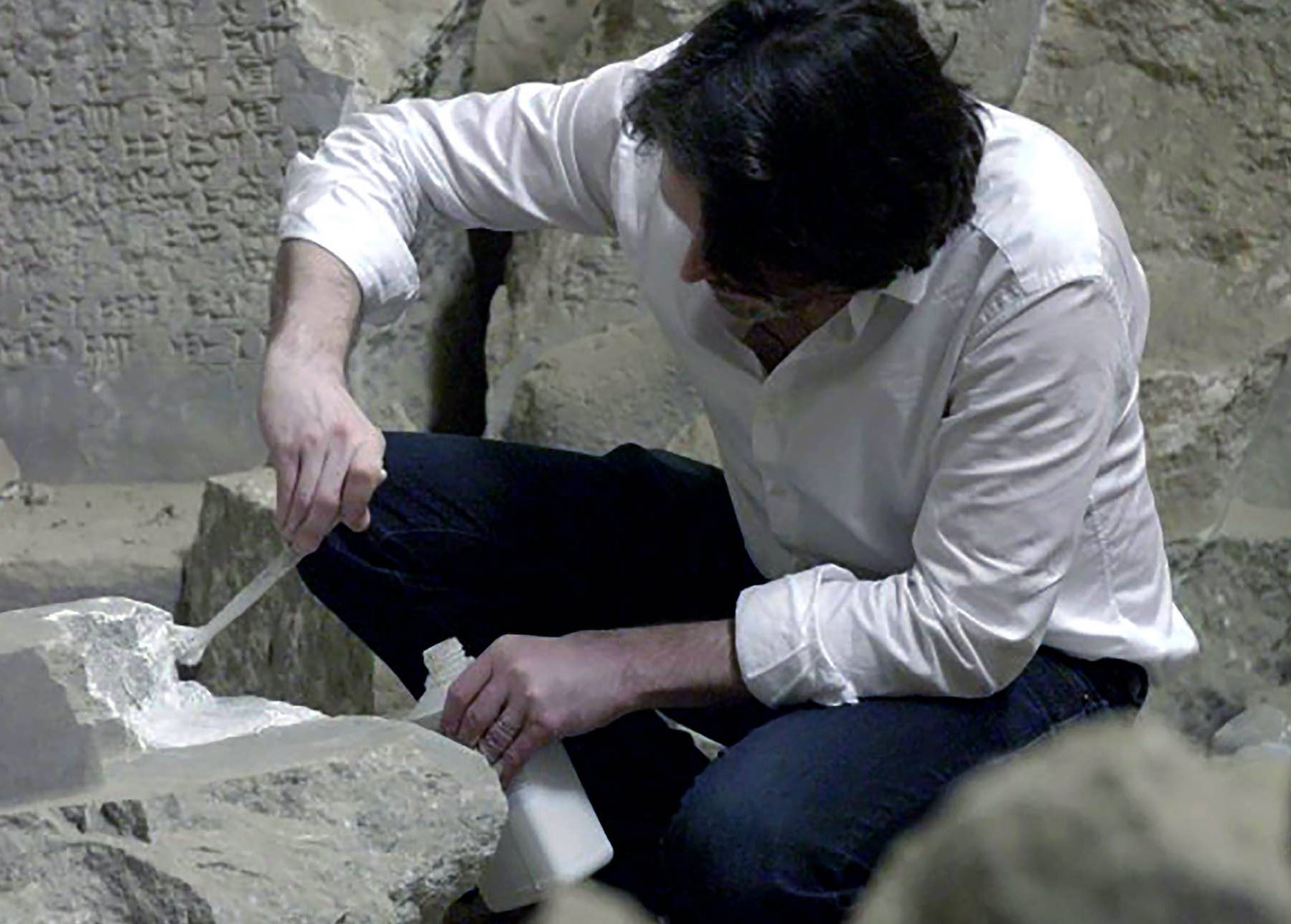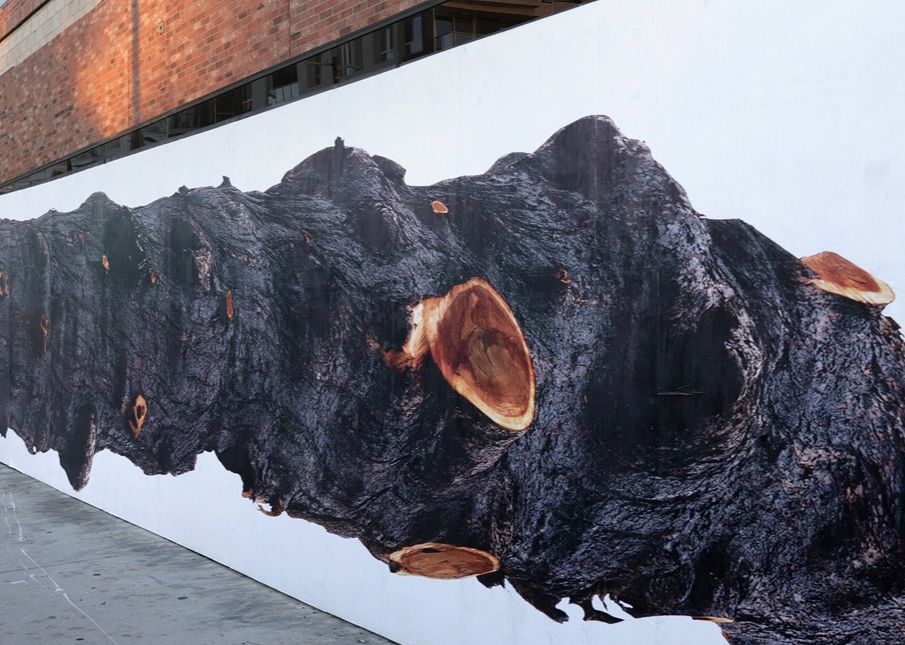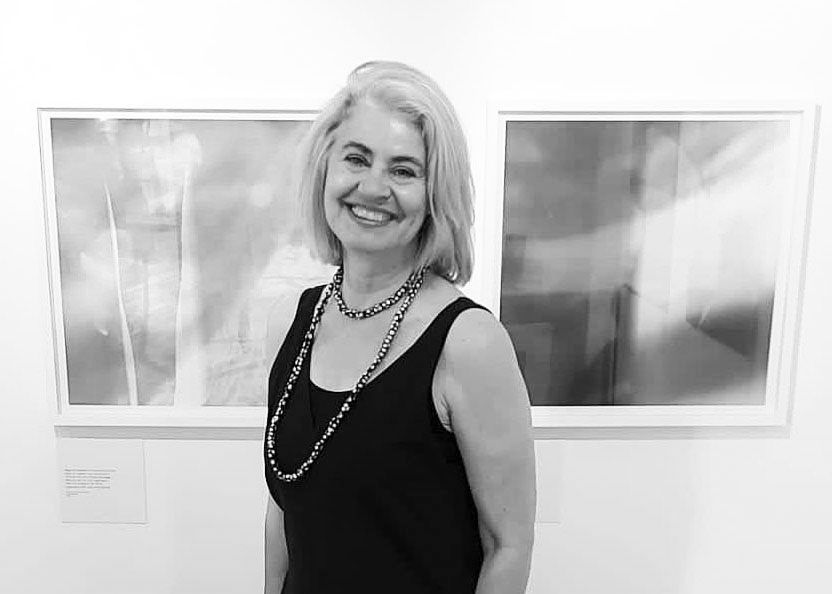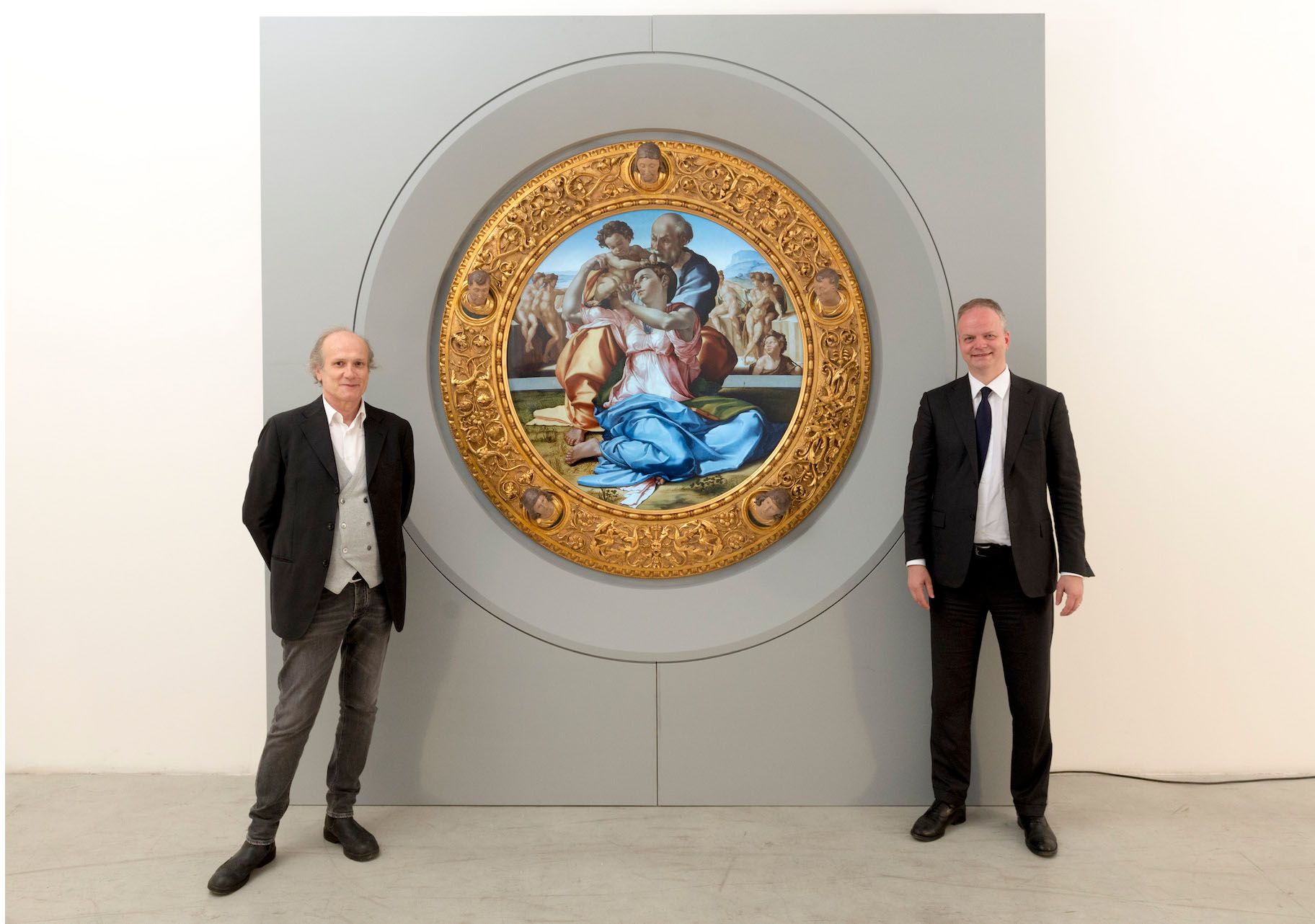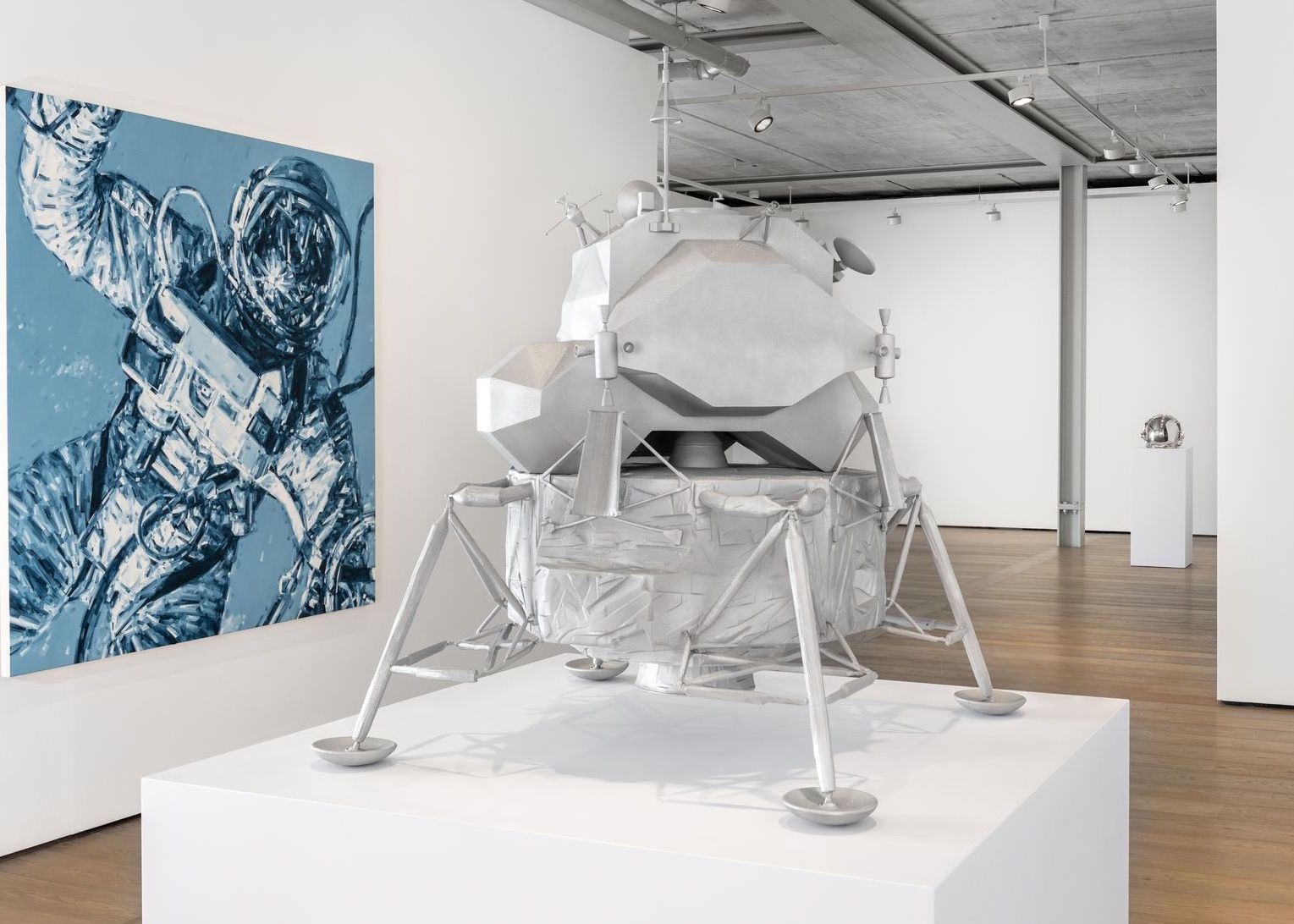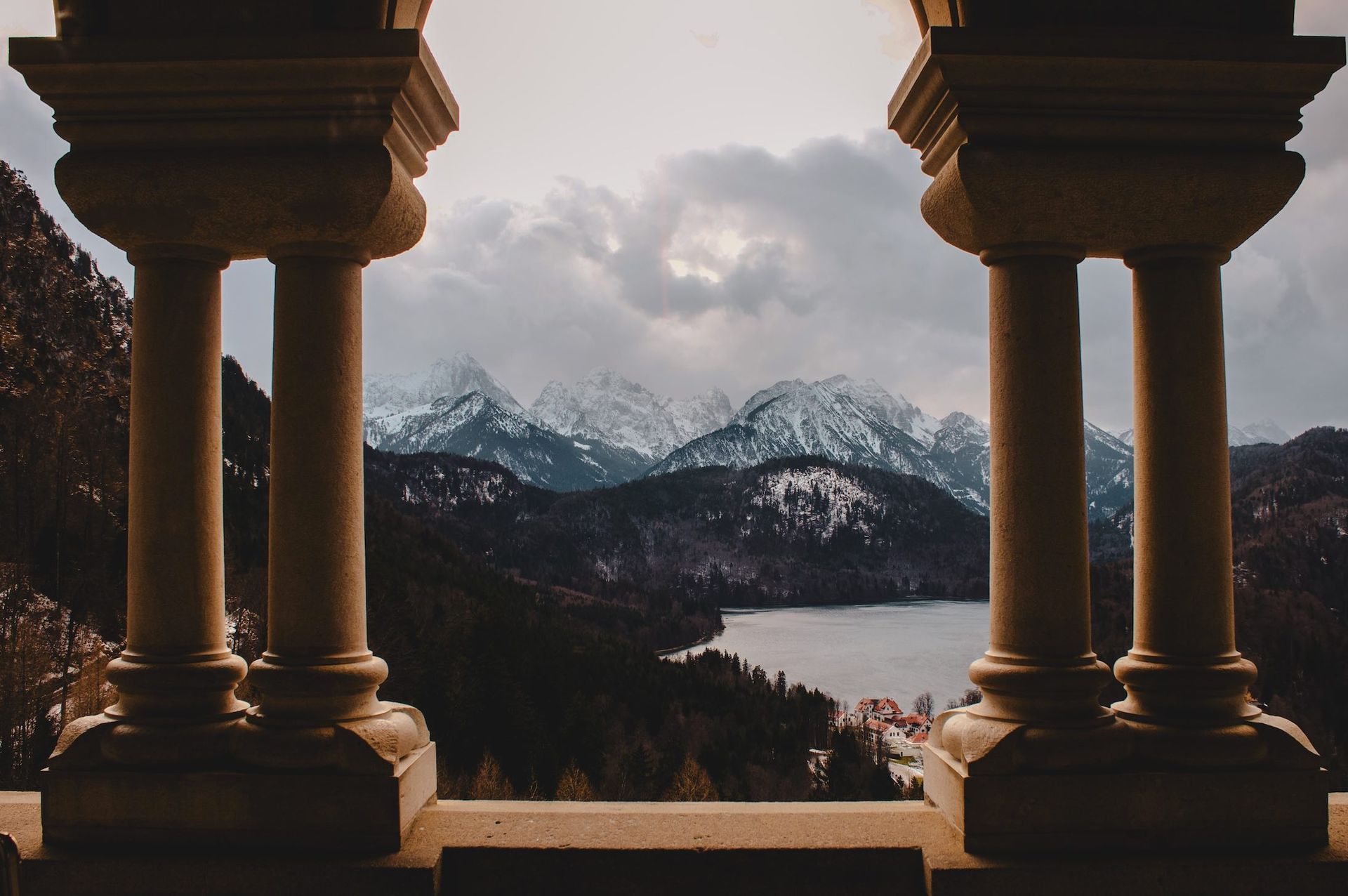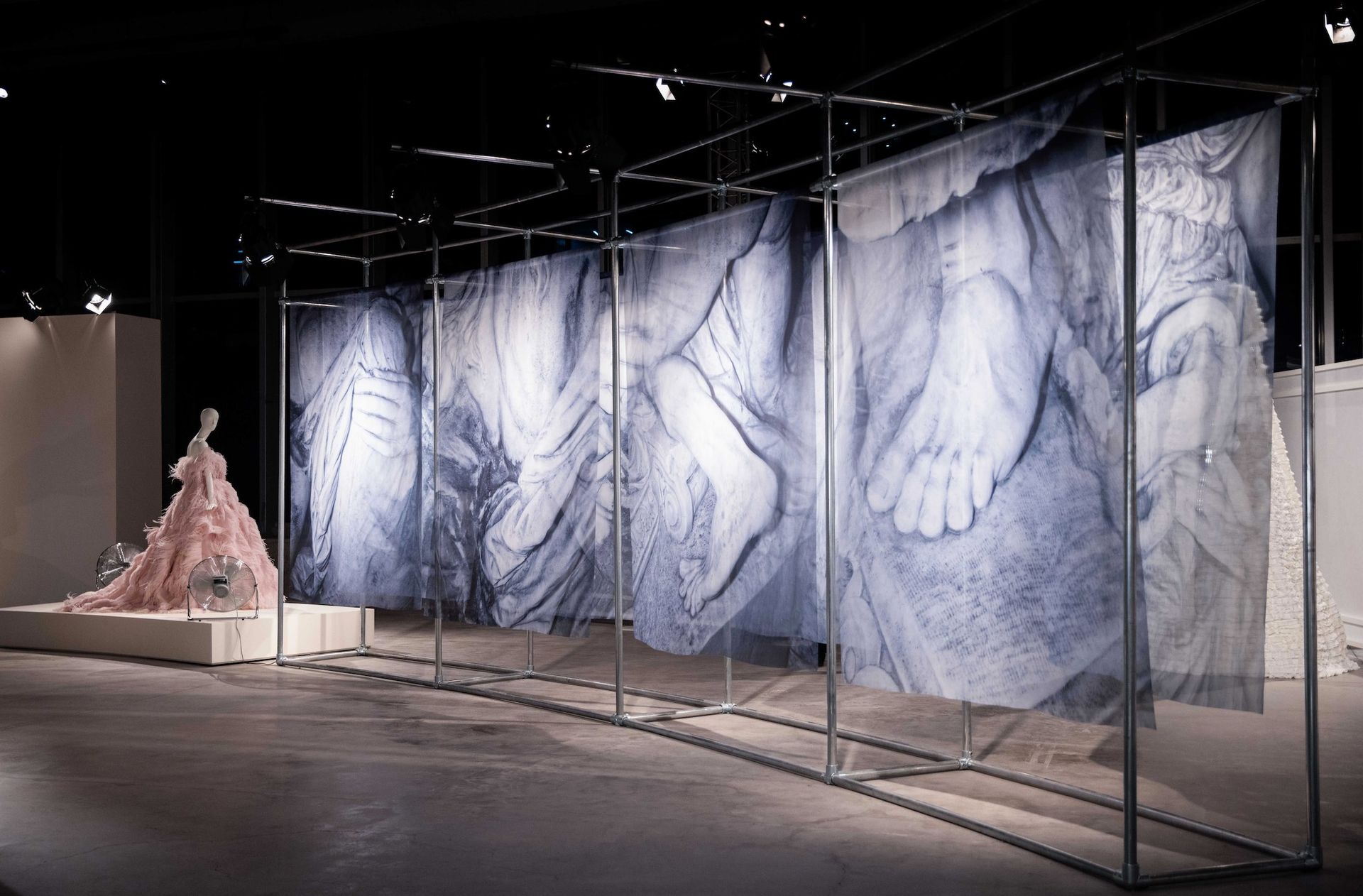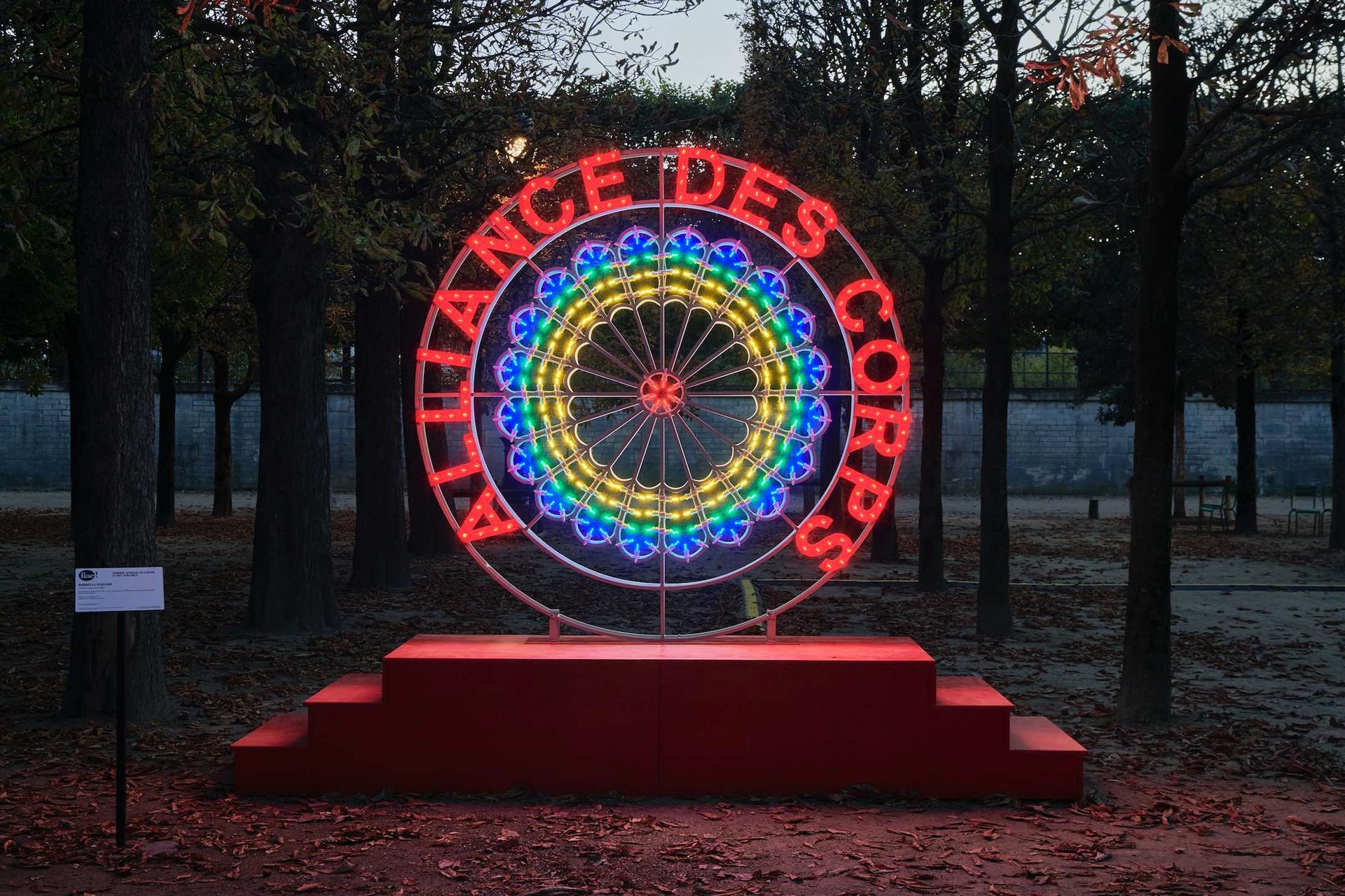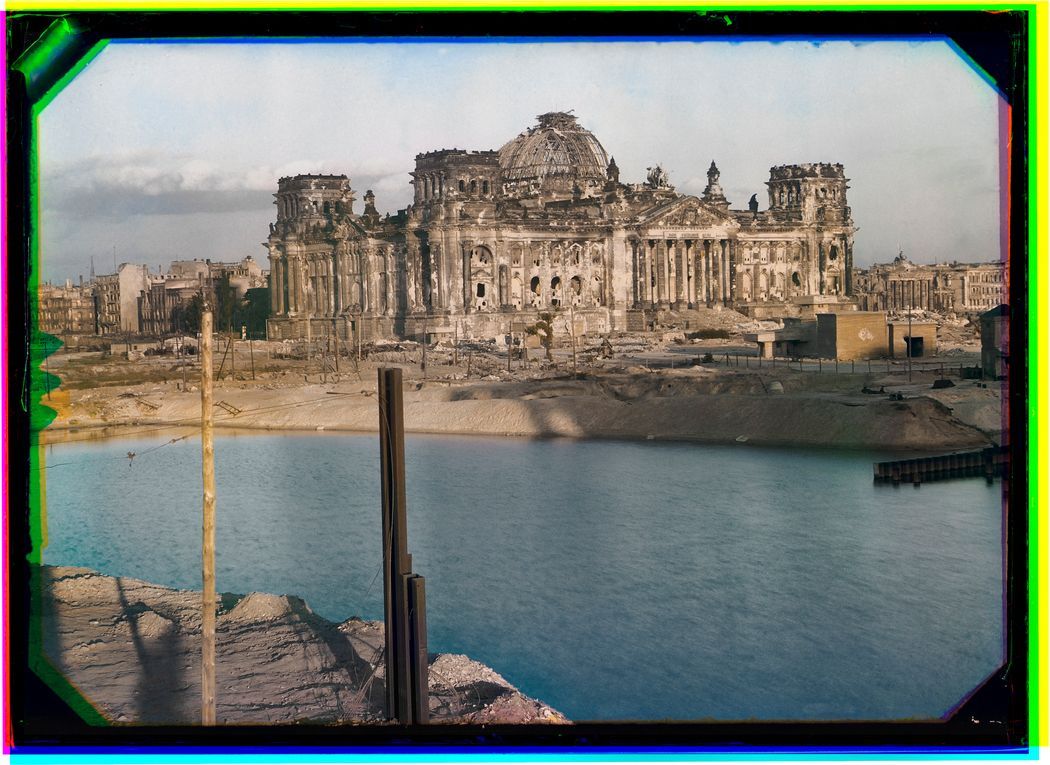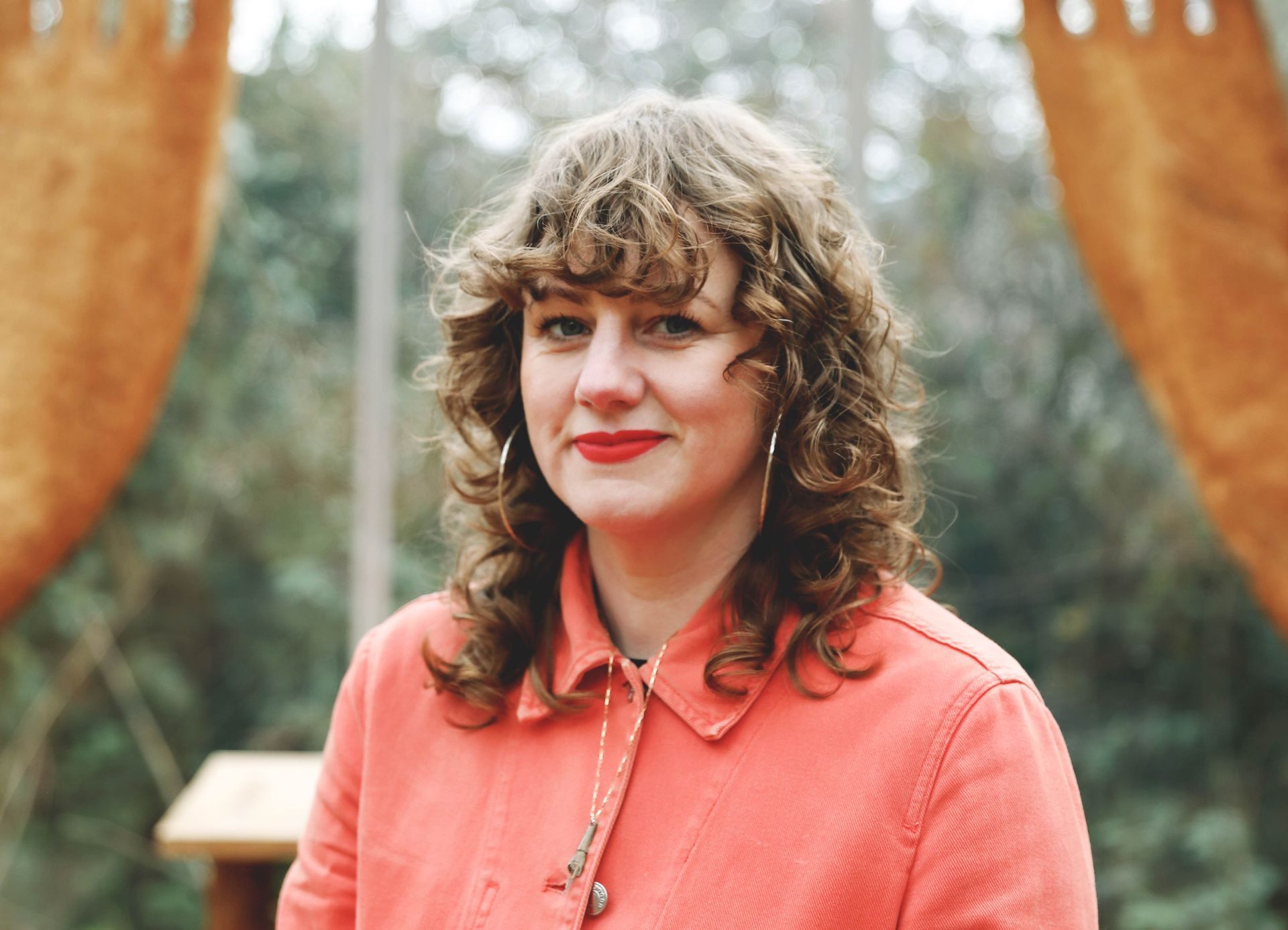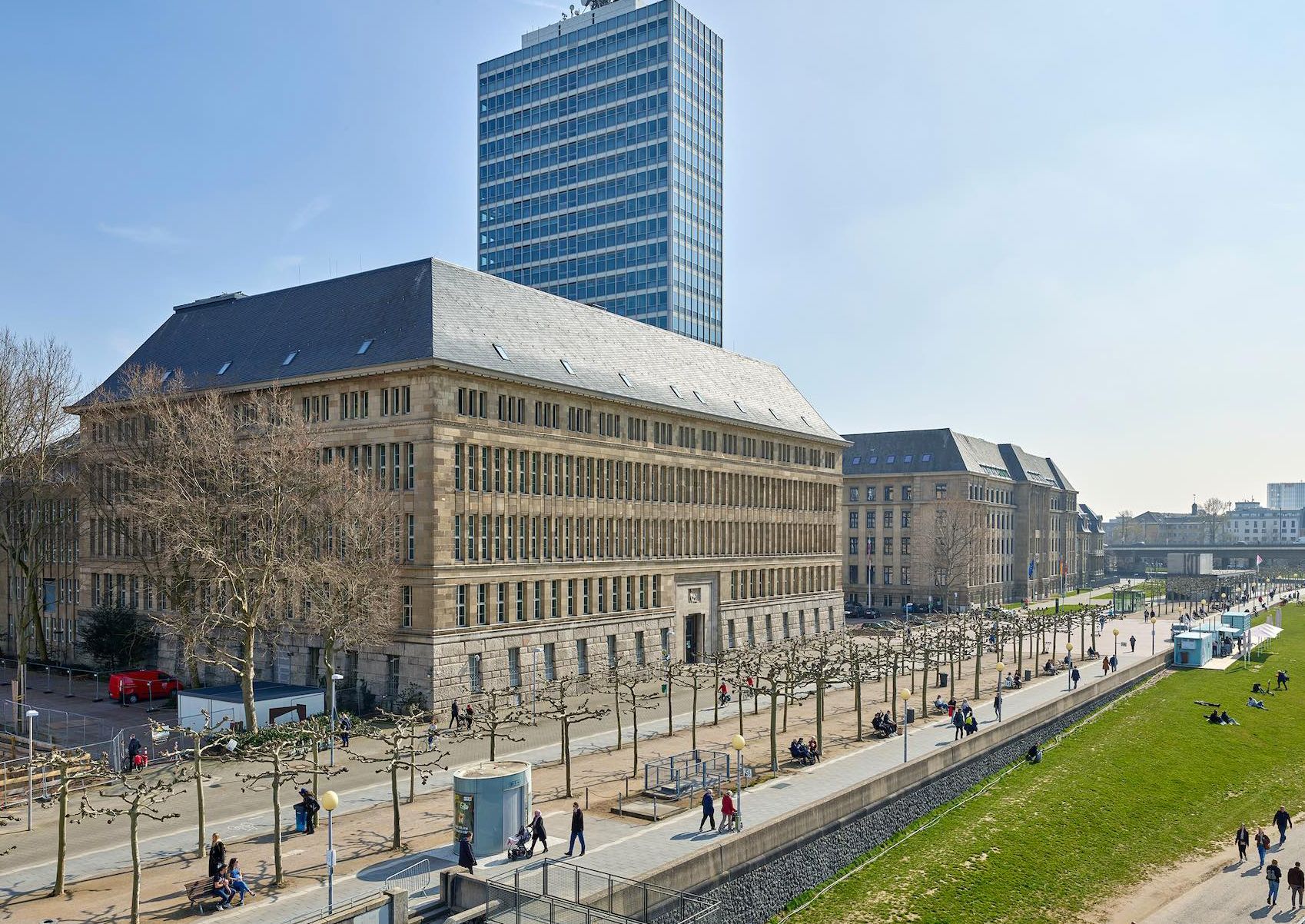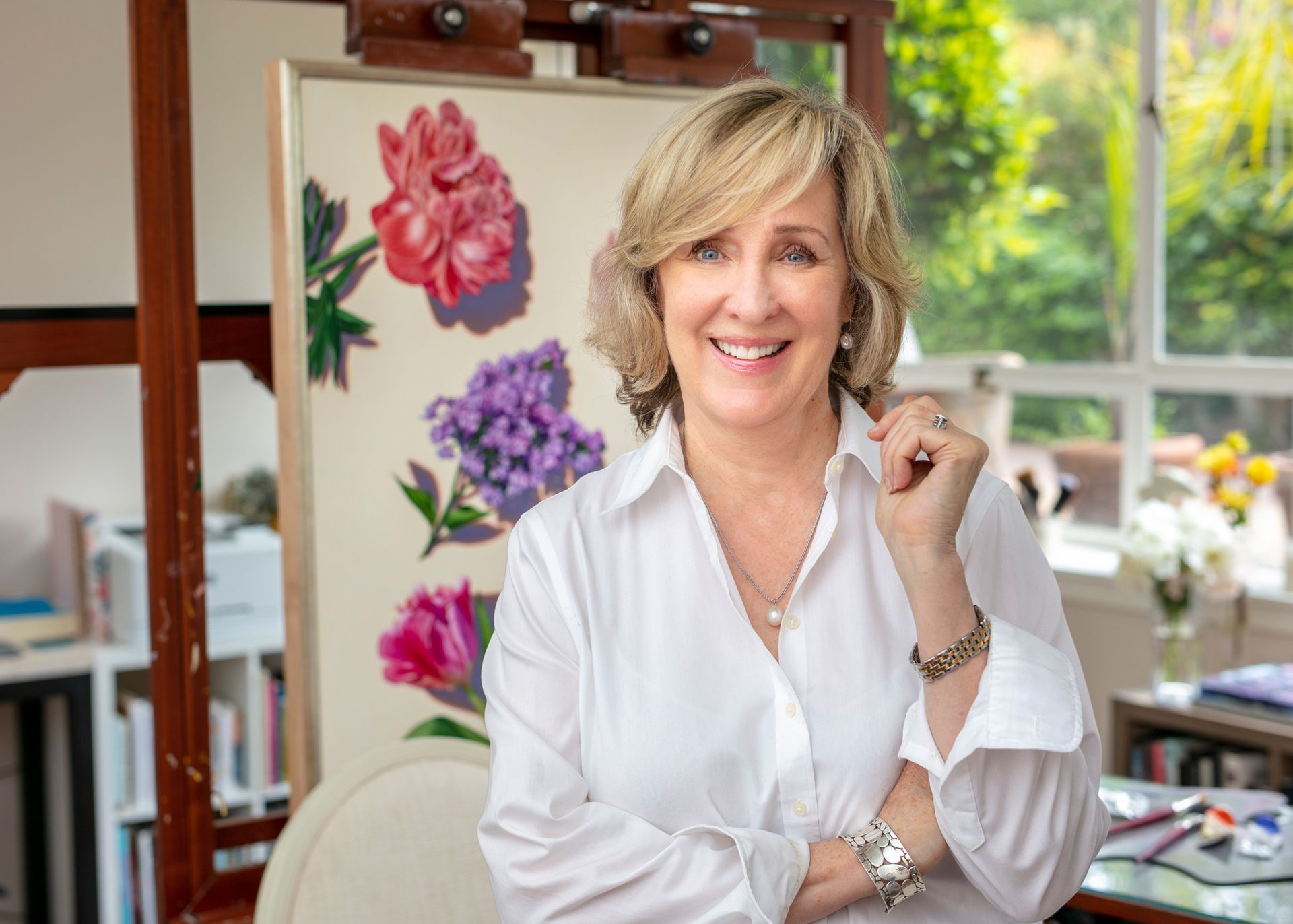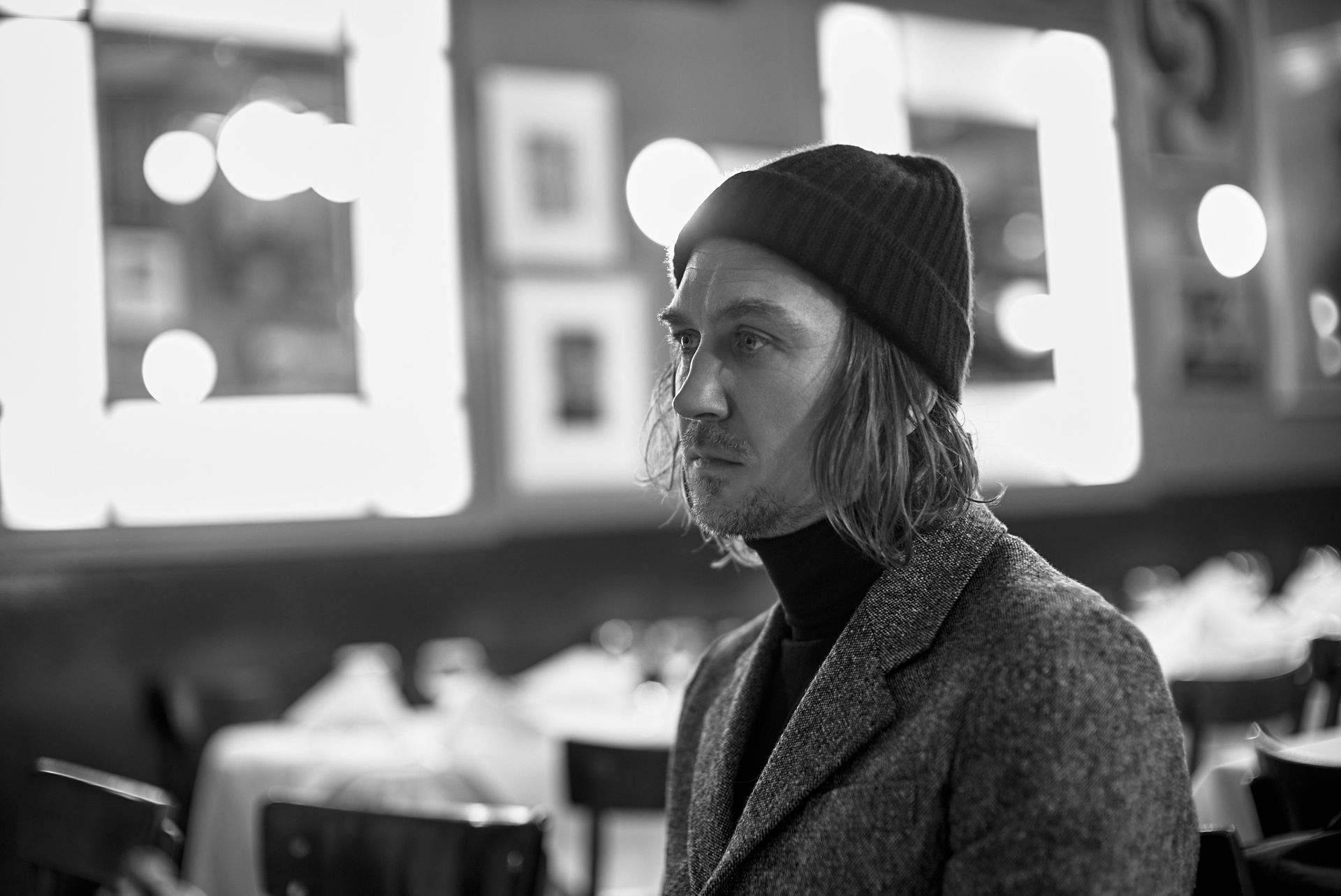Discover inspiring ideas and stories from around the world.
ART talks directory

Blue Tears, courtesy Tucson Museum of Art
Patricia Carr Morgan: “It’s about a personal loss, and throughout the exhibition, a clock is ticking.“
Tucson-based conceptual artist Patricia Carr Morgan has dedicated the past decade to capturing the fragile glacial landscapes of Antarctica and Greenland, a journey that began with a reluctant trip in 2013 and evolved into a profound connection with these icy, remote environments. Her work explores themes of beauty, loss, and the pressing reality of climate change, transforming personal experiences into compelling visual narratives through her decade-long project “I love you don’t leave me.” This series, realized through photography, performance, and immersive installations, employs unconventional materials like coal and expired film to reflect the interplay of realism and abstraction, symbolizing degradation and the passage of time.
A recent collaboration with glaciologist Dr. Jack Holt has seen her examine the Malaspina and Hubbard glaciers in Alaska, integrating scientific data with artistic interpretation to underscore her ongoing commitment to raising climate change awareness. Her works, including the installation “Blue Tears” debuted at the Tucson Museum of Art in 2024 and slated for a traveling exhibition, are represented in prestigious collections such as the Tucson Museum of Art and the University of Arizona Museum of Art, with a forthcoming presentation at the Wienholt Projects’ High Desert Art Fair in Pioneertown, California, in 2025. This body of work transcends aesthetic experience, serving as a call to action.
————-
August 30, 2025
RECENT

Erich Honecker reicht Helmut Schmidt ein Hustenbonbon, Bahnhof Güstrow, 13.
Dezember 1981 © J.H. Darchinger/Friedrich-Ebert-Stiftung
Klara Niemann: „Die „Marke Darchinger“ war ein Synonym für Zuverlässigkeit.“
Jupp Darchinger (1926–2008) war ein zentraler Chronist der jungen Bundesrepublik. Von den 1950er Jahren an dokumentierte er das politische Leben in der damaligen Hauptstadt Bonn. Seine 1,6 Millionen Negative und 60.000 Abzüge, seit 2008 im Archiv der Friedrich-Ebert-Stiftung, zeigen Politiker wie Willy Brandt, Helmut Schmidt oder Richard von Weizsäcker in lebendigen Szenen, aber auch Randfiguren, die die Stimmung einer Ära einfangen. Seine Schwarz-Weiß-Fotografien zeichnen sich durch Kontraste und Authentizität aus. Seine Frau Ruth, eine Fotolaborantin, unterstützte ihn bei technischer Retusche und Dokumentation. Darchinger begleitete Themen wie die Umweltdebatte nach dem Sandoz-Unfall 1986 oder die Arbeitsmigration, etwa in Bildern von „Gastarbeitern“. Als überzeugter Demokrat mit Nähe zur SPD fotografierte er überparteilich und prägte die visuelle Erinnerung an die Bonner Republik.
————-
22. Juli, 2025
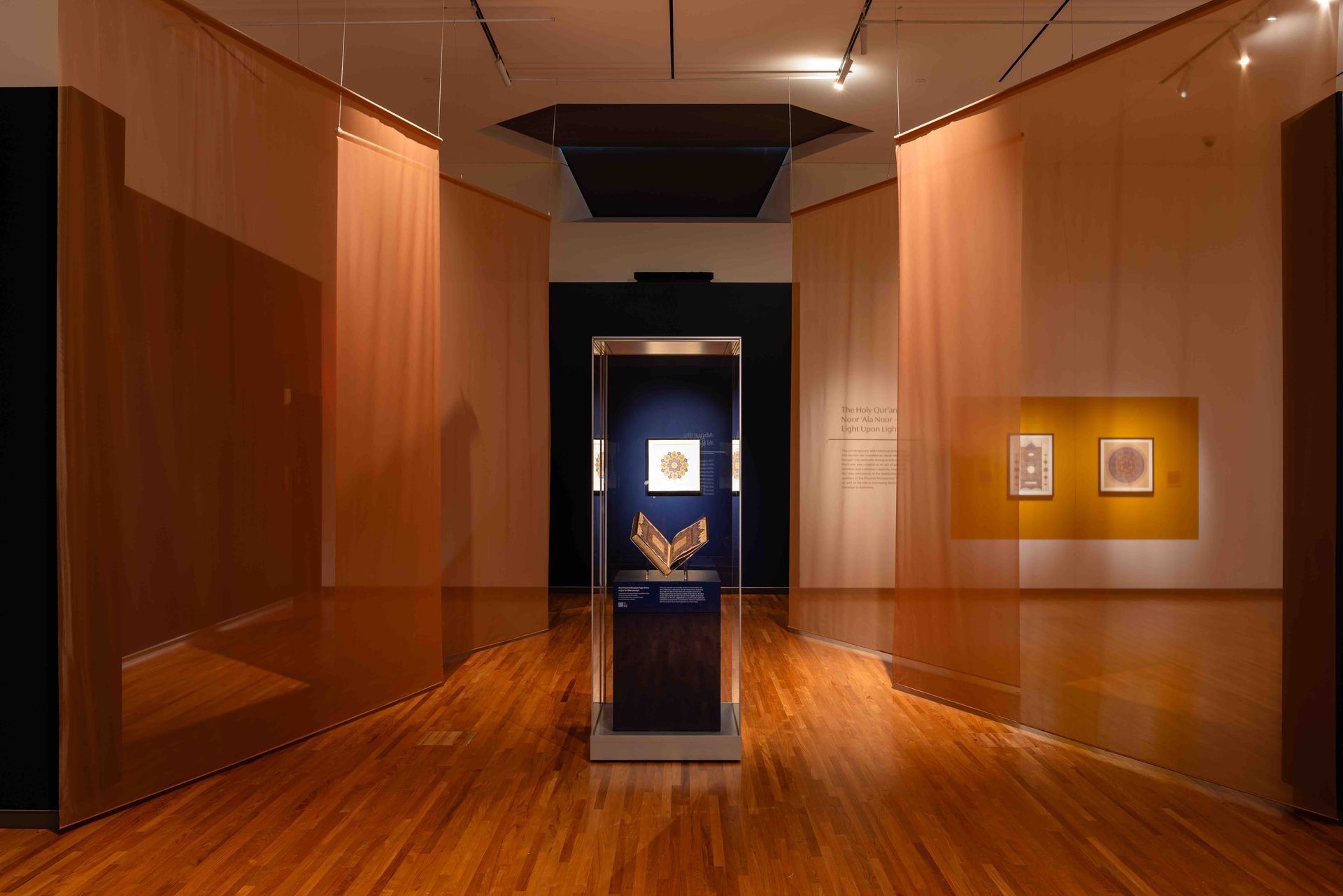
Dr. Ulrike Al-Khamis: “The collection is a testament to His Highness and his family.”
In this significant interview, we speak with Dr. Ulrike Al-Khamis, Director of the Aga Khan Museum in Toronto, about the universal language of art that touches Muslims and non-Muslims alike and why art is a key to understanding in times of global tensions. This conversation, set against the backdrop of the exhibition “Al-Burda Award: 20 Years of Islamic Art,” highlights how art overcomes barriers between cultures and religions. The beauty and richness of Islamic art—from classical calligraphy to contemporary works—are at the heart of this show, previously presented in Abu Dhabi and now shining at the Aga Khan Museum.The exhibition, created in collaboration with the UAE Ministry of Culture, aims to illustrate how Islamic art—through calligraphy, ornamentation, and poetry—can build bridges between people.
————-
15. August 2025

Walker&Bromwich: “Hardly anyone in the UK knows about this important piece of labour history.“
The British artists Zoe Walker and Neil Bromwich have collaborated for over two decades, creating art that addresses societal and ecological issues. Their new exhibition, Searching for a Change of Consciousness, brings together works crafted to explore new ways of thinking and living. Their focus is to investigate the idea of a global shift in consciousness. A central work by the artists is Llechi A Llafur // Slate or State, which sheds light on the Great Penrhyn Strike (1900–1903) at the Penrhyn slate quarry in North Wales. This was the longest industrial dispute in British history. For Llechi A Llafur, they worked with former quarry workers, the Penrhyn Choir, and the local community in Bethesda to narrate the story of the strike and its generational trauma. The artists aim to make this largely forgotten history visible again, shaped by unjust working conditions, colonial exploitation, and the struggle for workers’ rights.
————-
12. Juni 2025
TRENDING

Mischa Kuball, missing link_, Düsseldorf, 2023 (c) VG Bild-Kunst Bonn, 2022 Foto: Achim Kukulies
Mischa Kuball: „Meine Arbeit steht für Toleranz, Aufklärung und ein interreligiöses Zusammenleben.“
Im November 1938 wurde die Große Synagoge in der Kasernenstraße in Düsseldorf in Brand gesetzt. Nach dem Krieg kehrten nur 57 jüdische Bürger nach Düsseldorf zurück und gründeten die Jüdische Gemeinde Düsseldorf. Im Jahr 2023 überschlugen sich die Ereignisse. Der 7. Oktober führte zu Demonstrationen gegen Israel in der Stadt und zu zahlreichen Unterstützungserklärungen für das Bündnis mit Israel von Seiten der Stadt. Das bedeutendste Projekt und wohl auch das wichtigste Kunstprojekt der Stadt in diesem Jahr dürfte das Werk „missing link_“ des Düsseldorfer Künstlers Mischa Kuball sein. „missing link_“ wurde am 9. November um 22.30 Uhr eingeschaltet. Das Kuunstwerk wird demnächst wieder abgebaut, um die temporäre Installation in ein dauerhaftes Kunstwerk zu verwandeln. In diesem Interview verrät der Künstler, wie man sich das neue „missing link_“ vorstellen kann.
15. April 2024

"Anything To Say?" by Davide Dormino
©Lucas Tiefenthaler
Davide Dormino: "Standing up where the masses sit down."
On 25 June, a few days after the UK High Court hearing, Wikileaks and Stella Assange announced that Julian Assange had left Belmarsh prison and was heading for the airport to return to his home country Australia. The artist group Artists for Assange, founded in 2015, has been working alongside many people for years towards the release of Julian Assange. We had the great opportunity to talk to one of these artists, the Roman sculptor Davide Dormino, who created the world-famous sculpture "Anything To Say?".
Above all, art has the potential to emotionalise people all over the world. "Anything To Say?" is a life-size 930 kilo bronze sculpture depicting Edward Snowden, Julian Assange and Chelsea Manning, each standing on a chair. The fourth chair is empty because it invites visitors to play an active role. The sculpture premiered on Alexanderplatz in Berlin on 1 May 2015 and toured until 2023, visiting cities such as Geneva, Paris, London, Sydney and Melbourne. In Germany alone, it was on display six times, including in front of Cologne Cathedral in 2019 and in front of the Brandenburg Gate in 2019.
Davide Dormino explains how he became part of the Artists for Assange group in an exclusive interview. The group also includes: Ai Weiwei, Roger Waters, Oliver Stone, Banksy and many more.
According to Davide Dormino, he has been working towards the day of Julian Assange's release for 11 years. He was deeply moved by his personal meeting with Julian Assange at the end of November 2014 in the Ecuadorian embassy in London.

Sagarmatha Next Centre ©Tommy Gustafsson
Tommy Gustafsson: ‘Would they be willing to make a small contribution and carry a one-kilo bag of crushed plastic bottles?’
Tommy Gustafsson is a mountaineer, former CEO of sports marketing companies and founder of Sagarmatha Next, the world's highest museum. He and his co-founders develop highly innovative environmental concepts such as the Carry Me Back programme and have been able to recycle more than 25 tonnes of waste in the last two years. After decades of travelling to the region as a mountaineering tourist, Gustafsson became determined to solve the huge problem of pollution in the Sagarmatha region, the national park where Mount Everest is located. Together with two friends, they embarked on a major endeavour not only to build a museum in the middle of the national park, but also to develop complex concepts to solve the waste problems of the entire region.
19 November 2024
MORE ART TALKS
